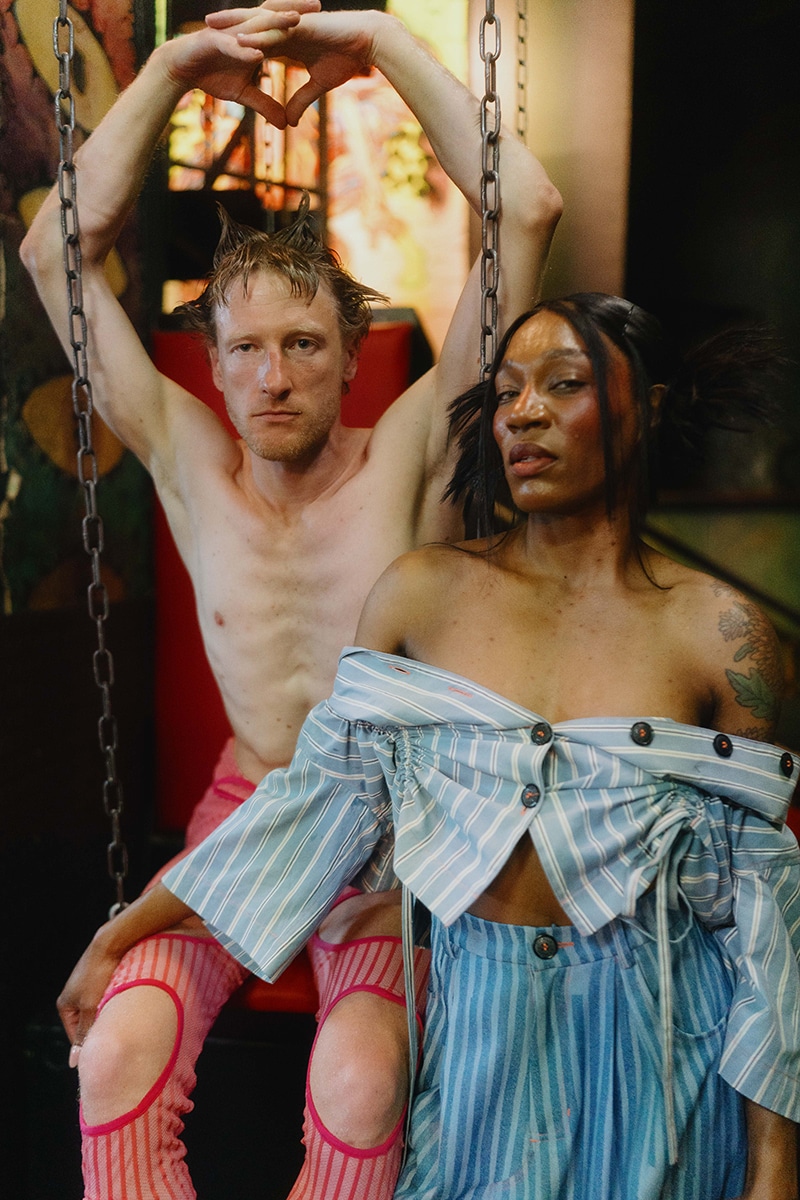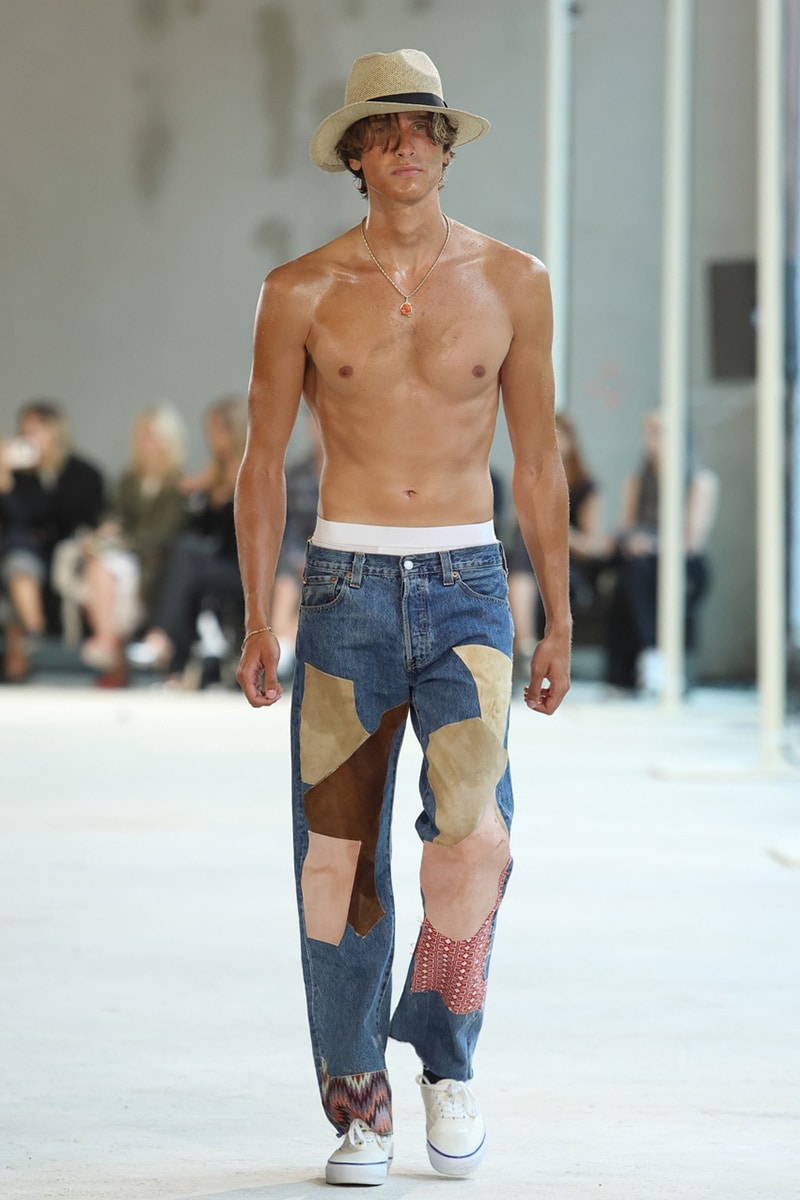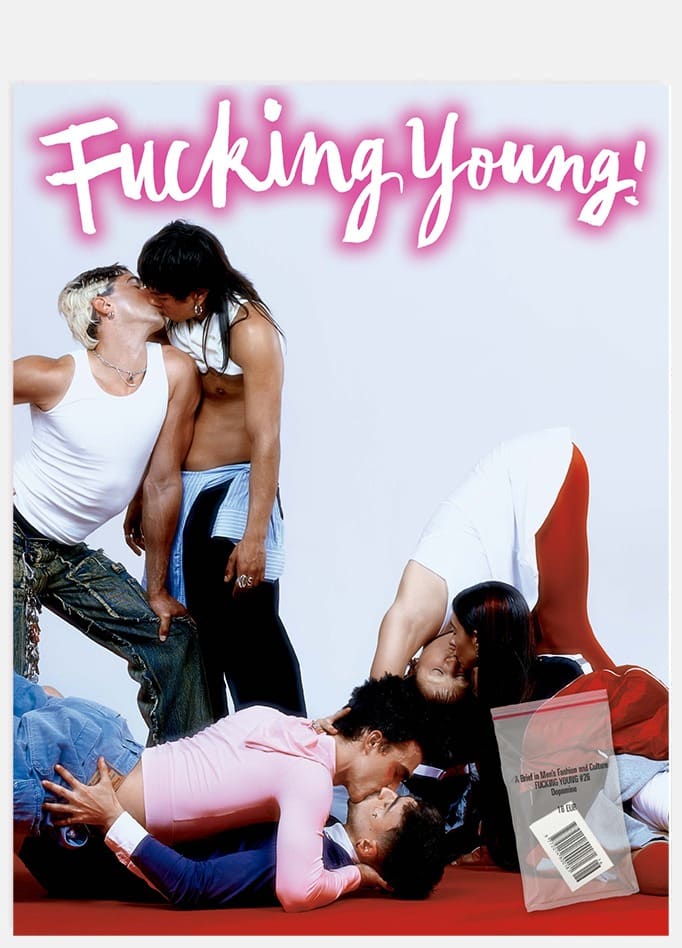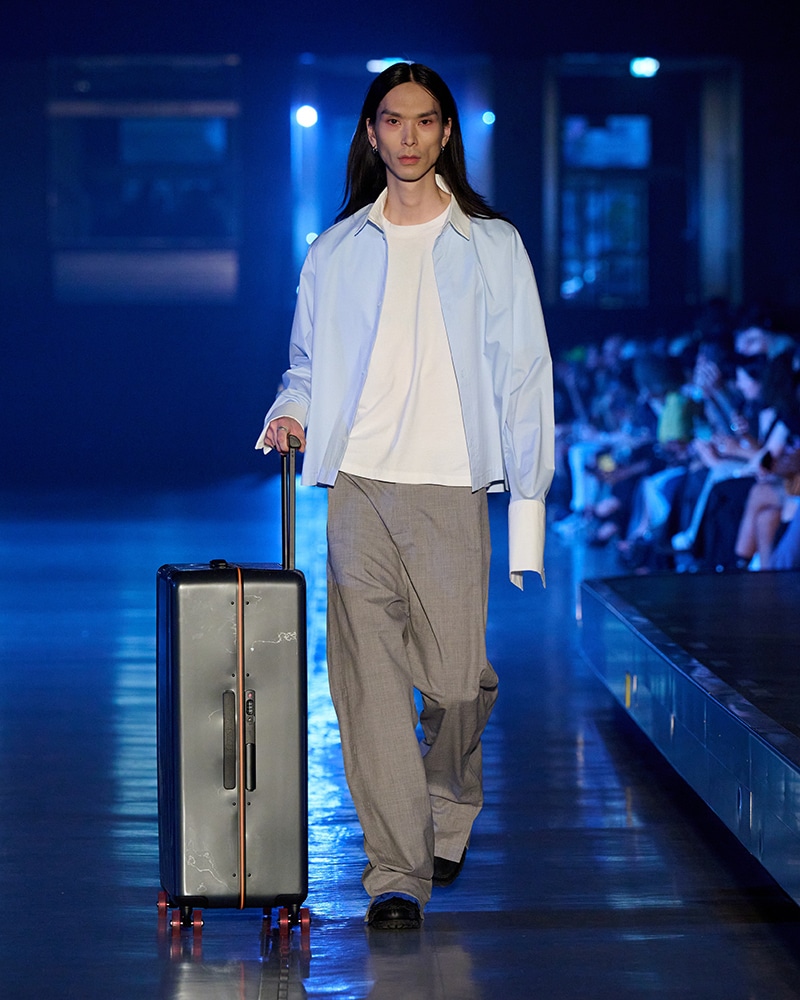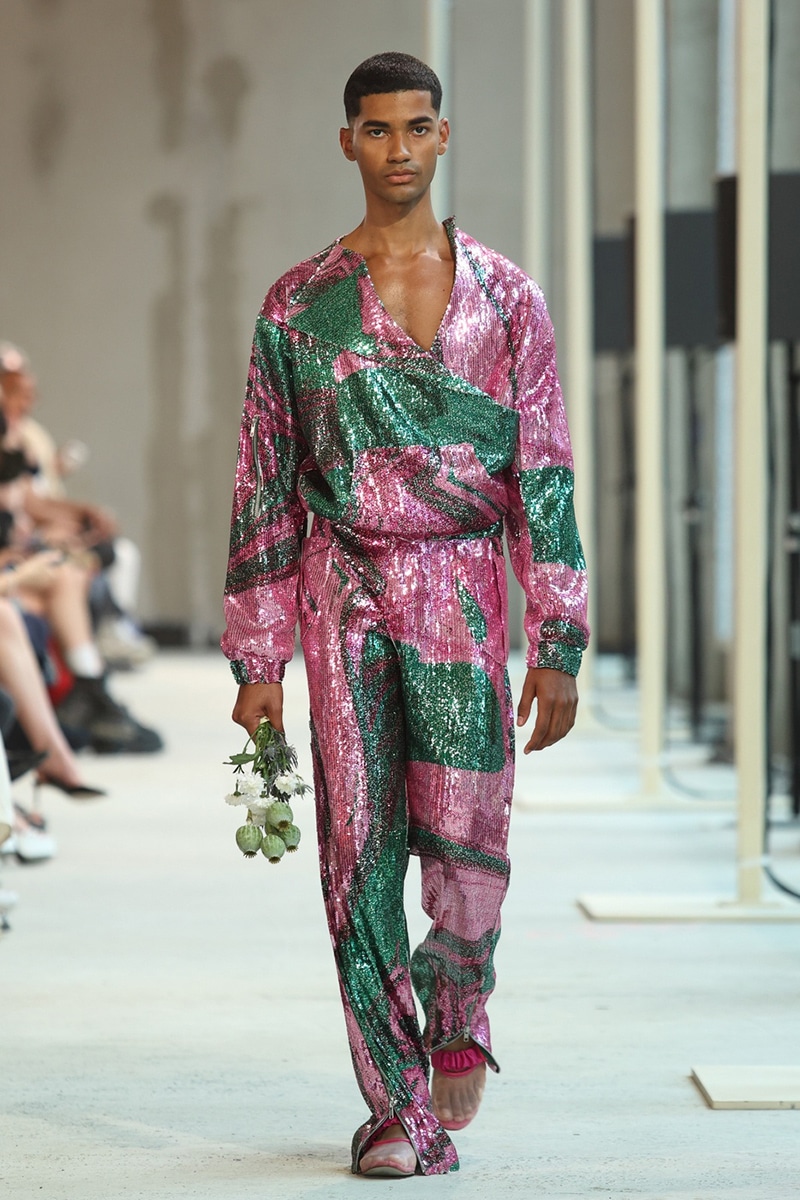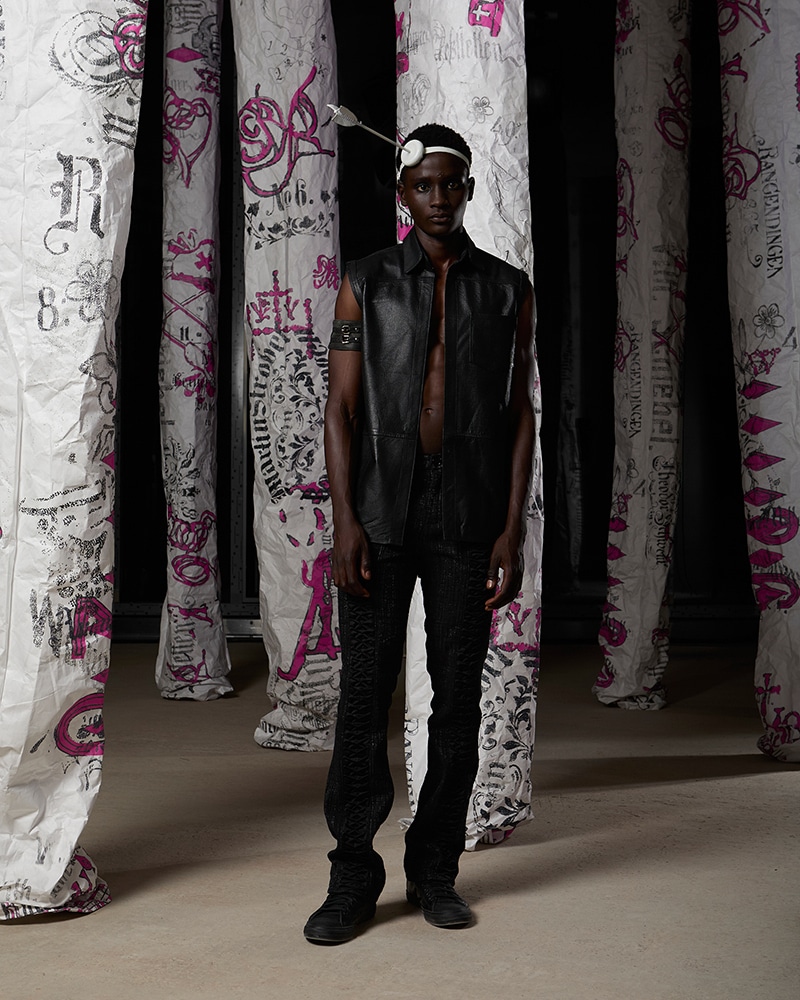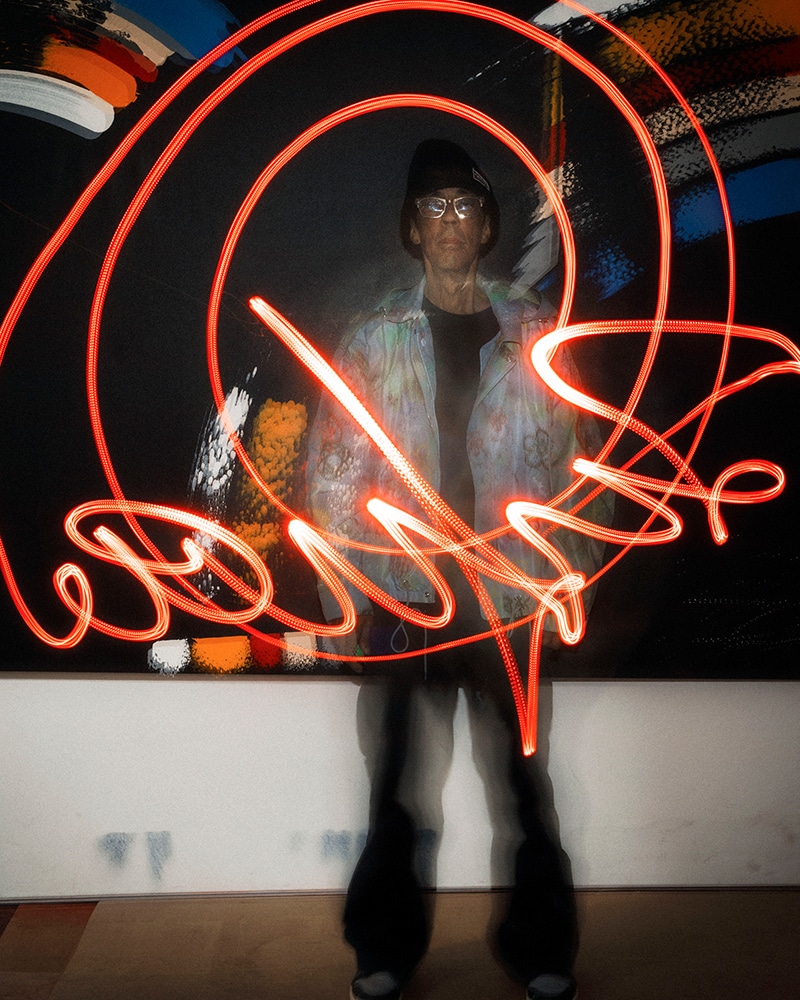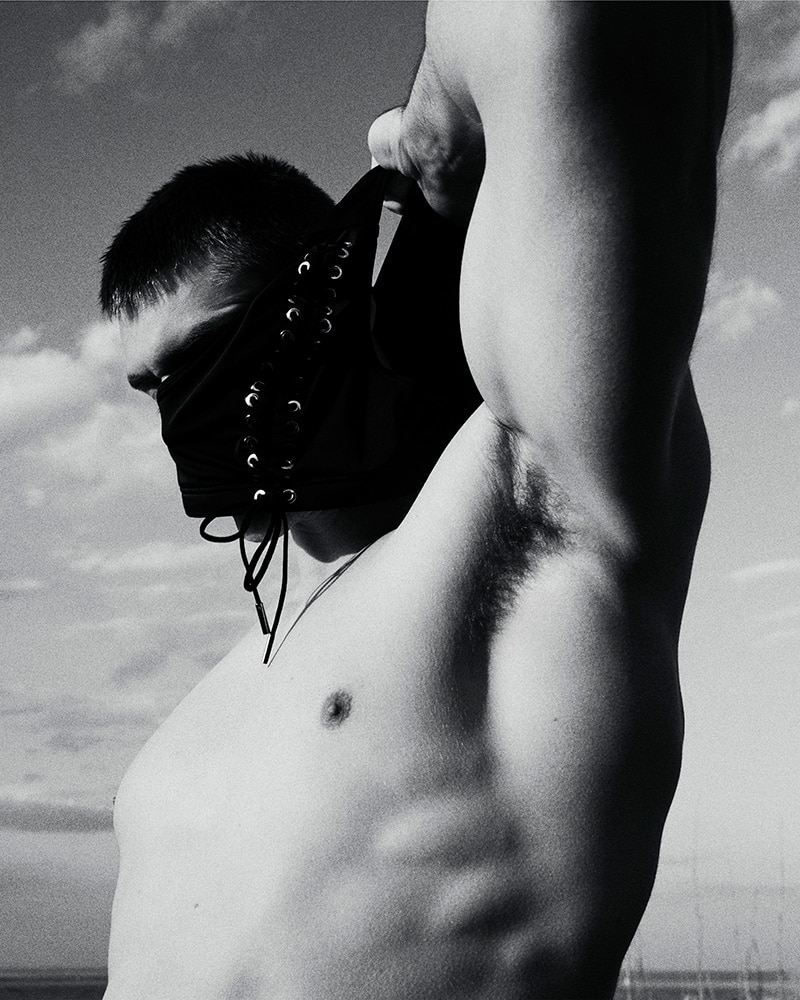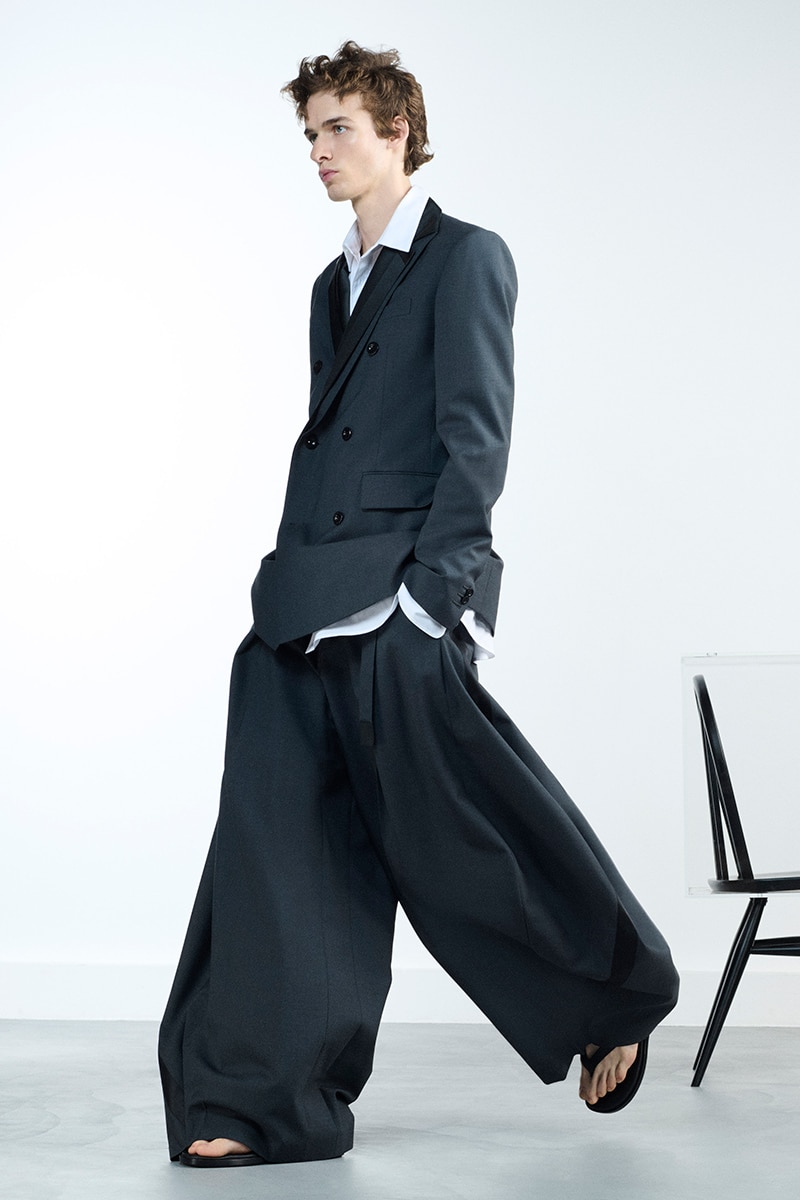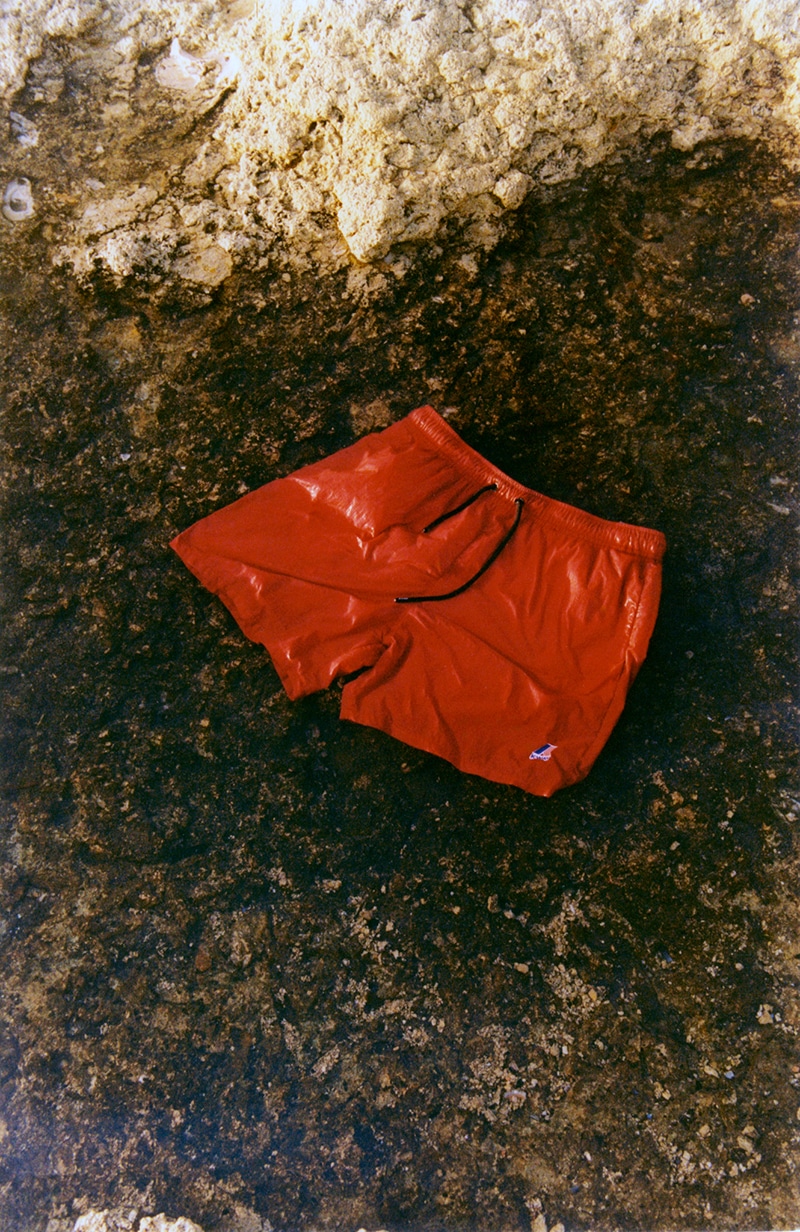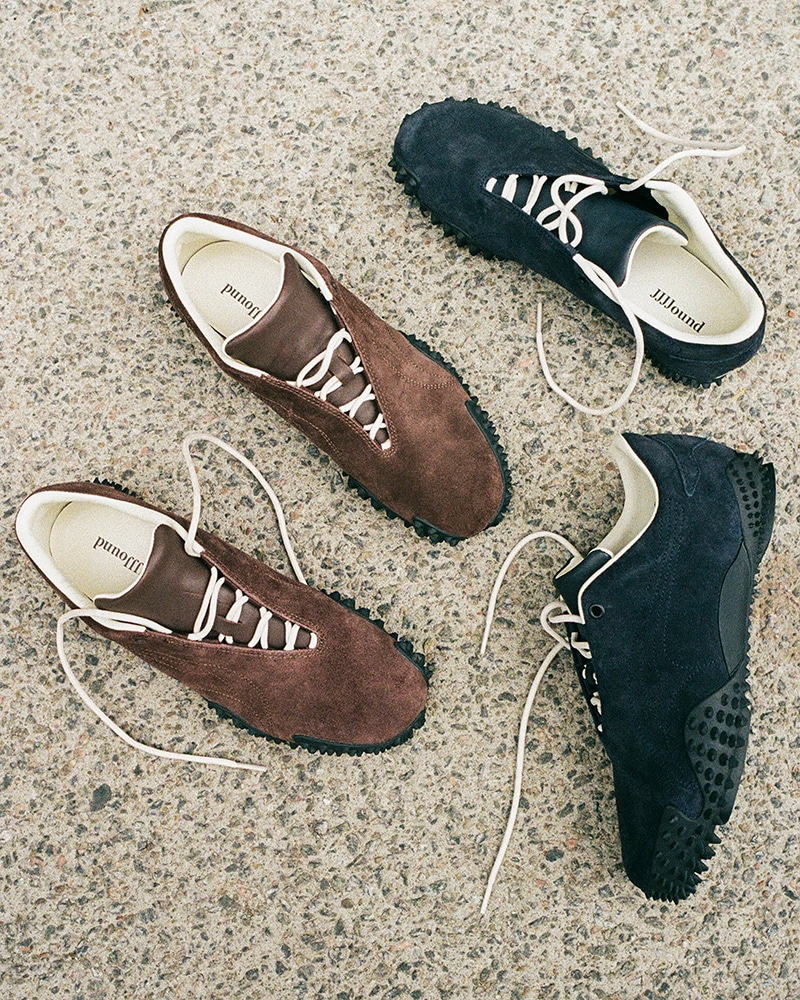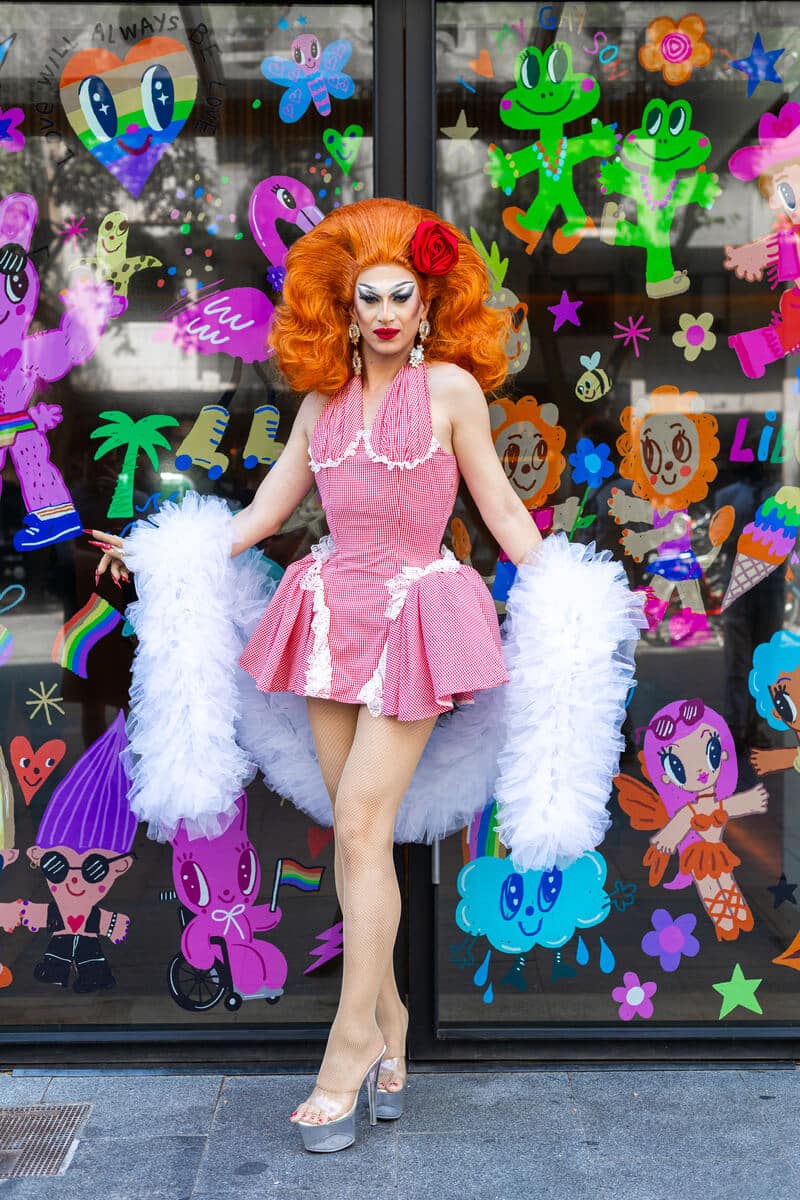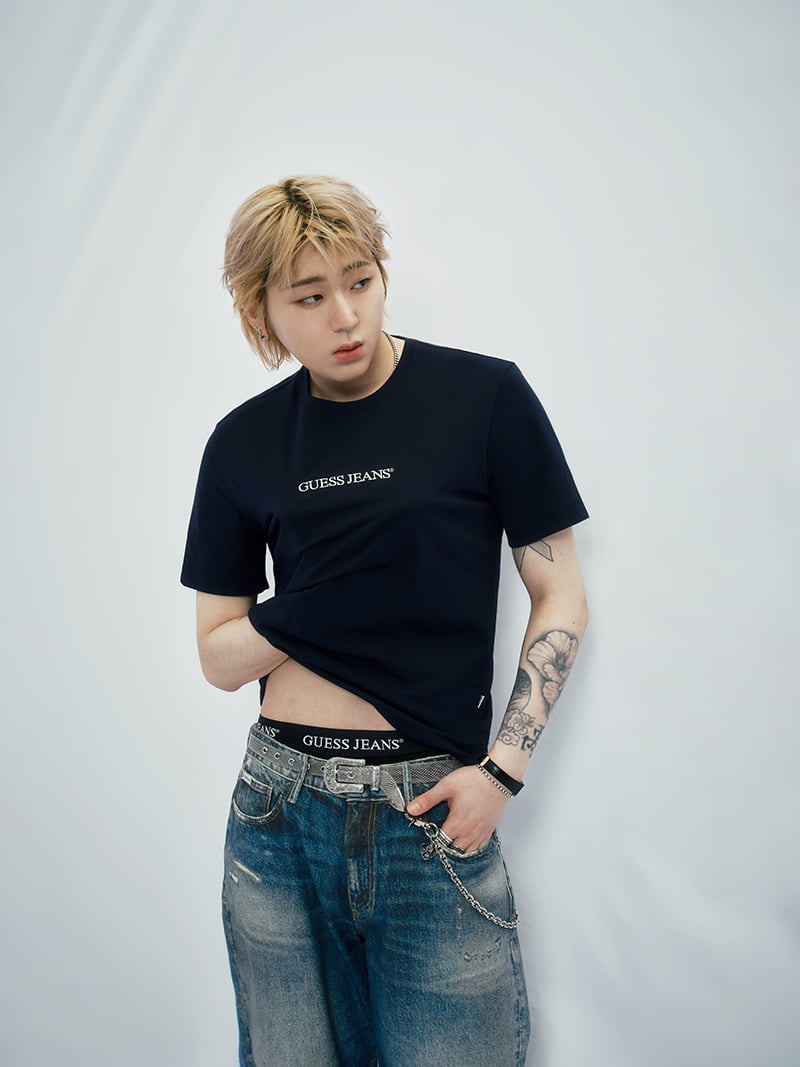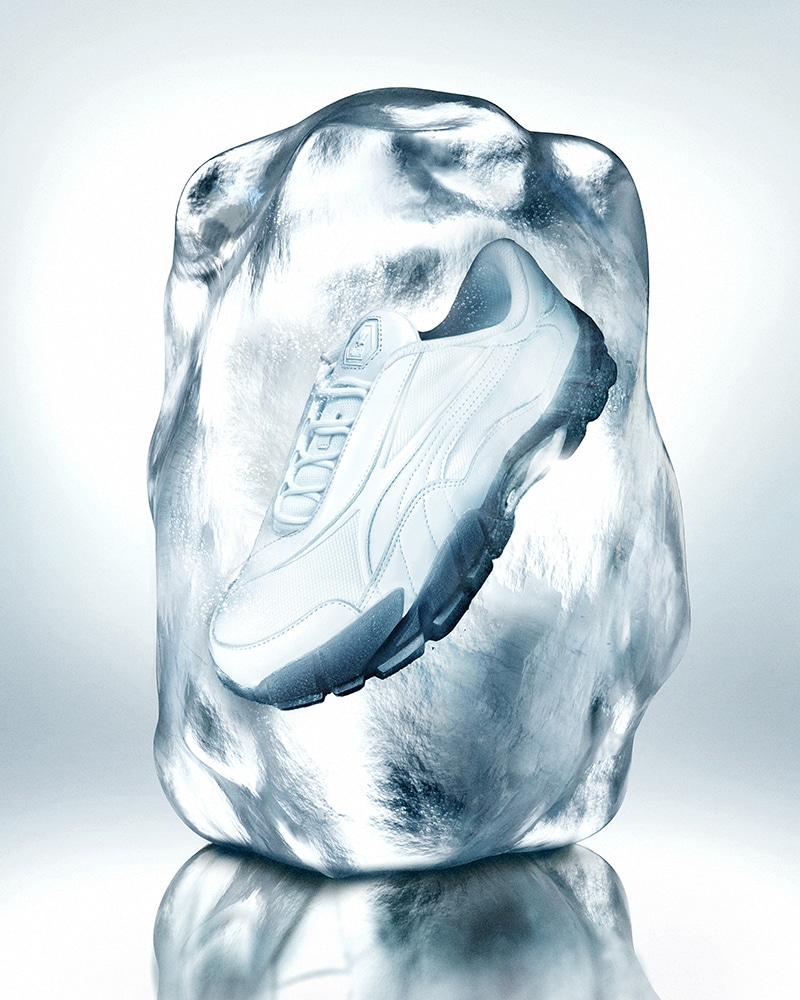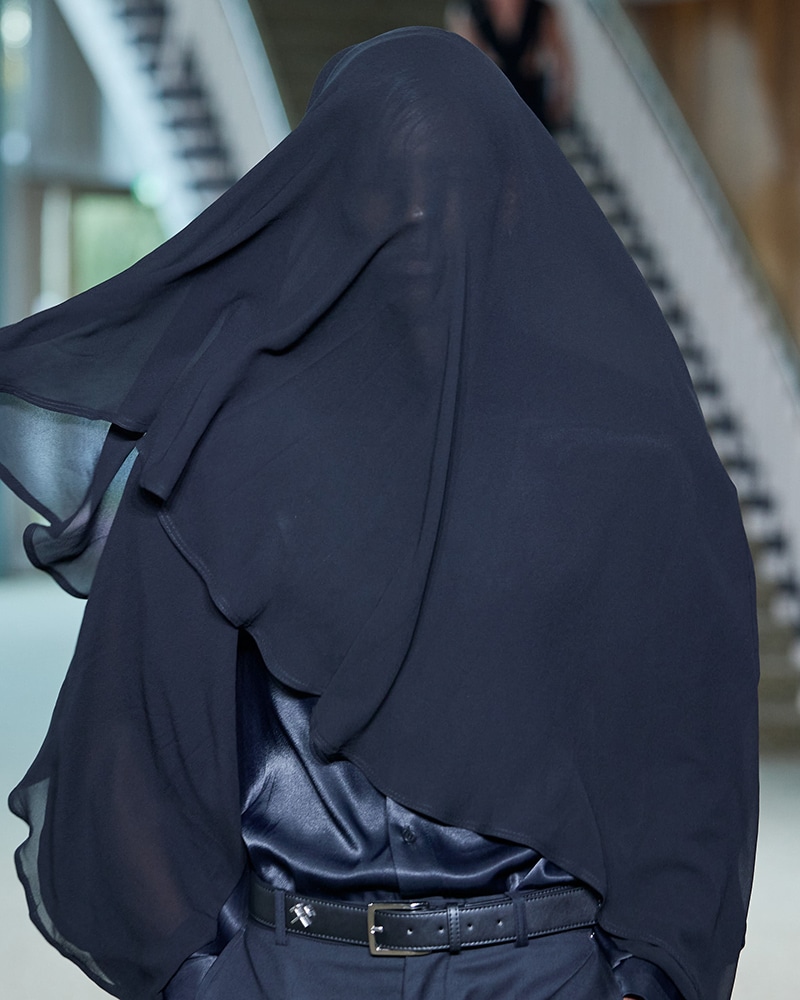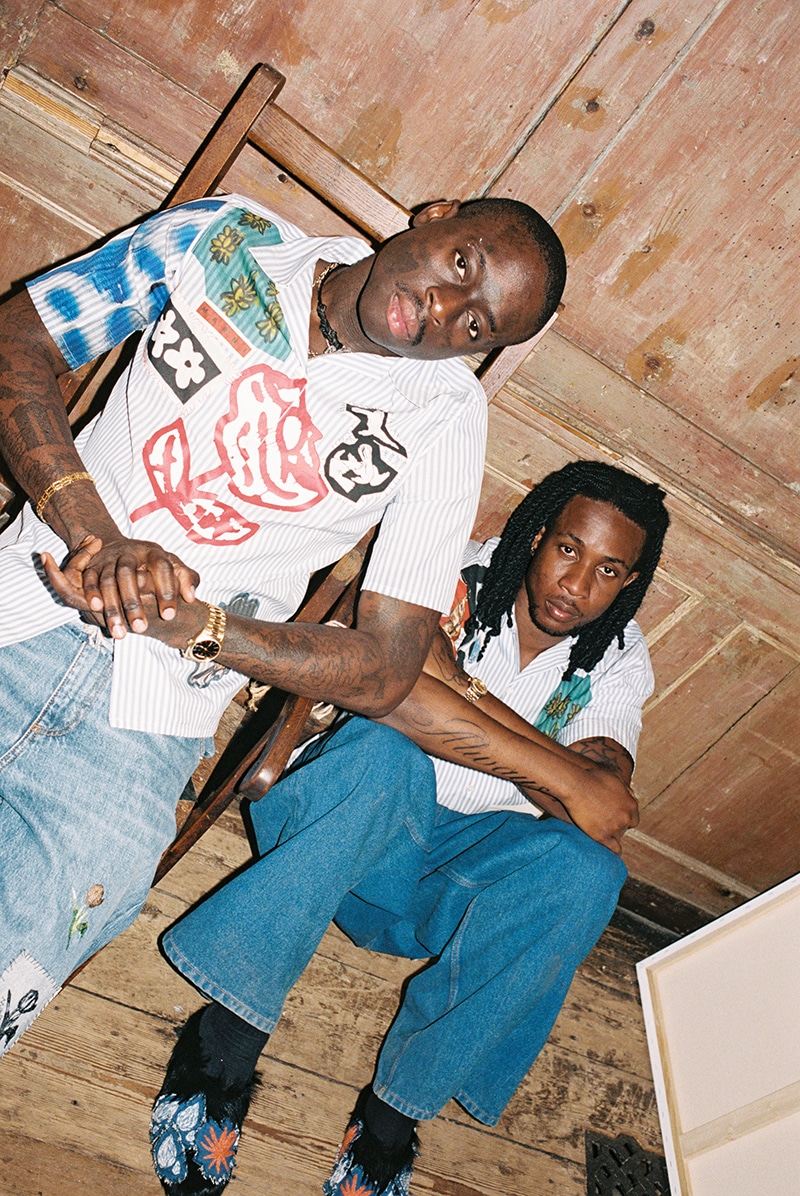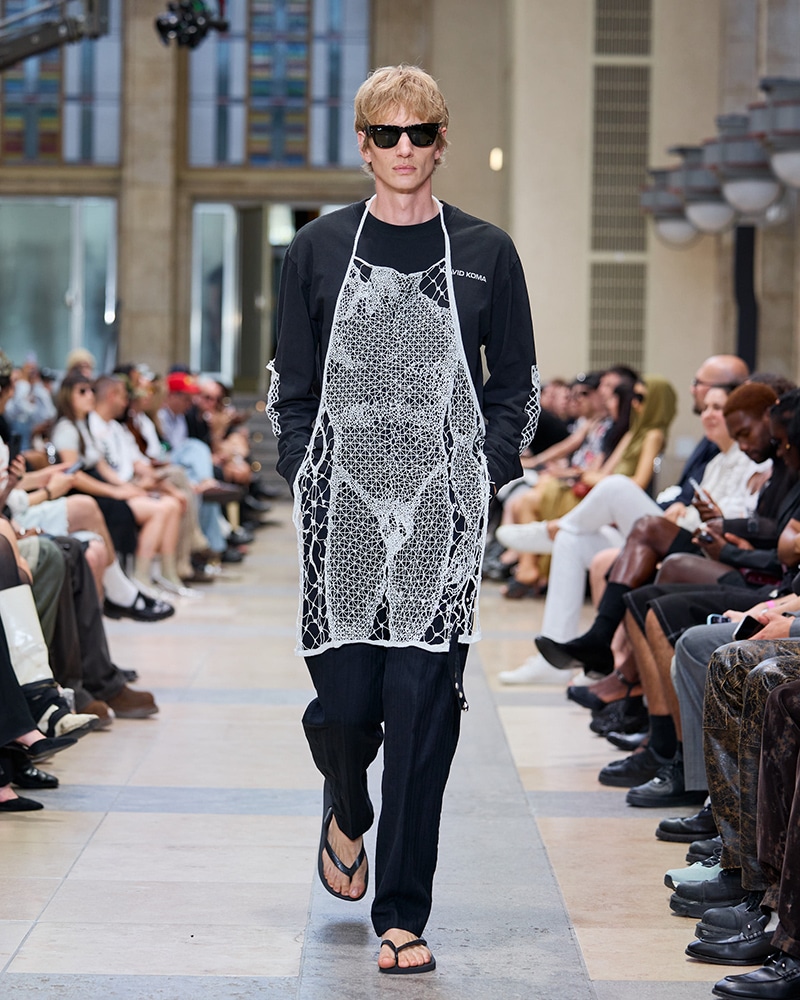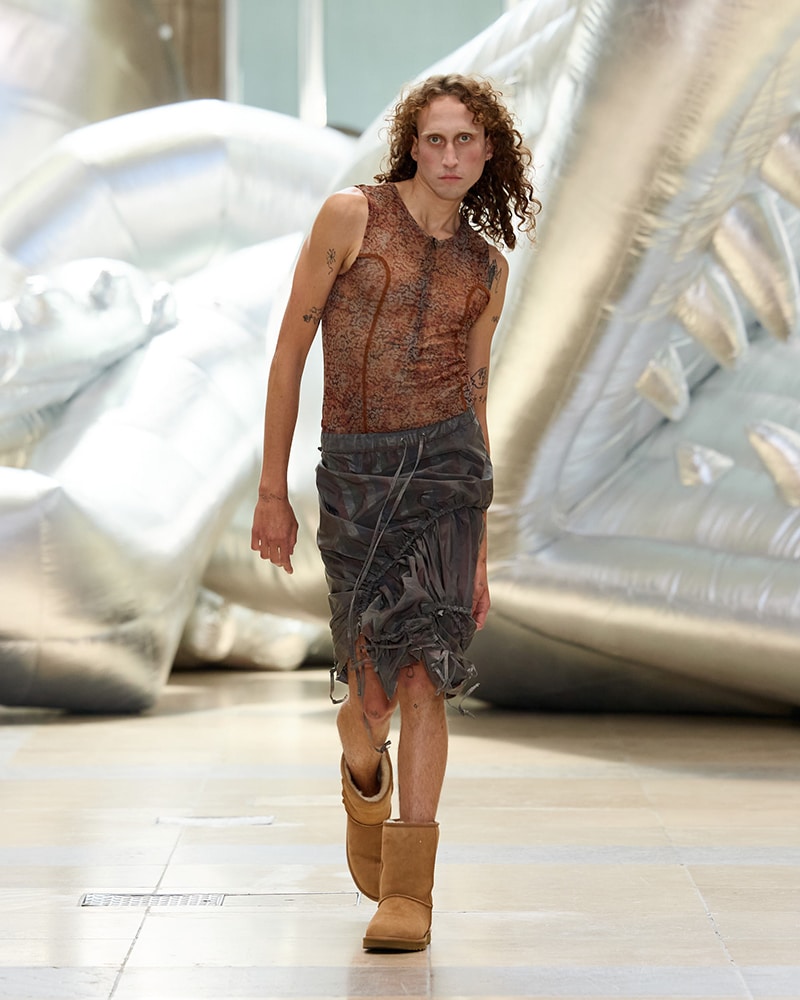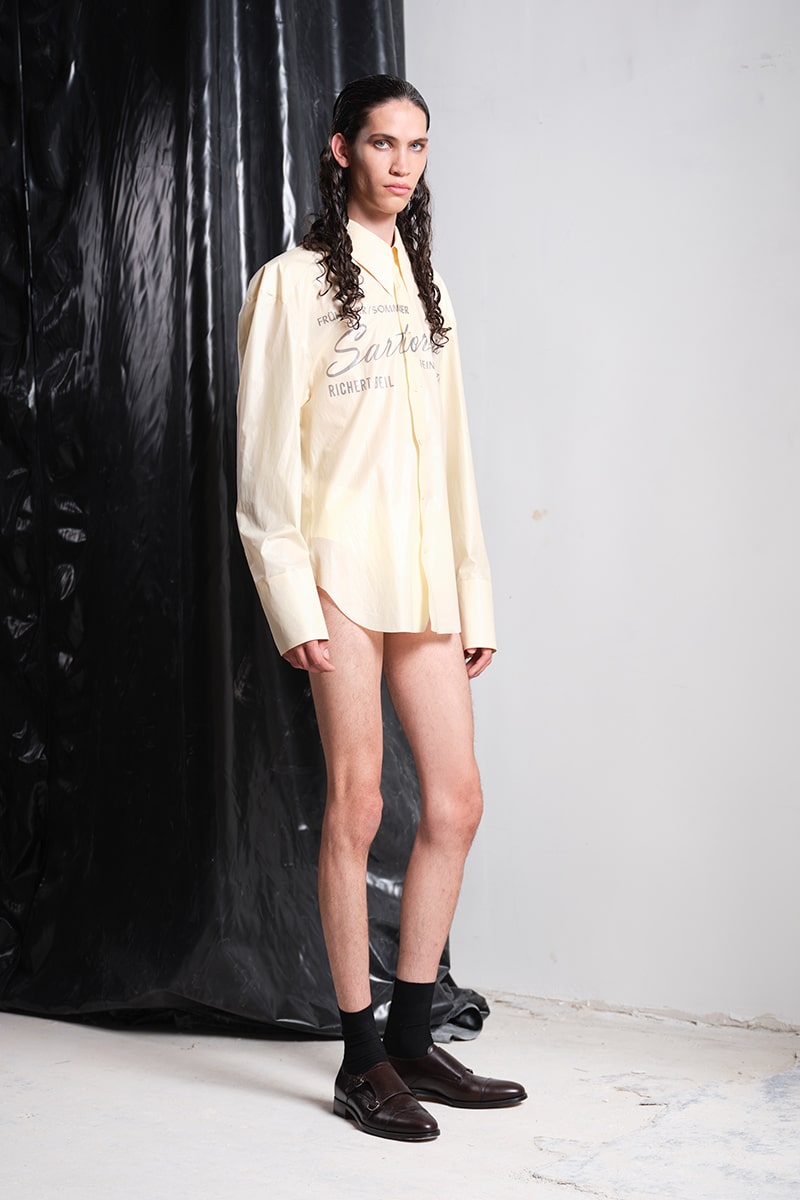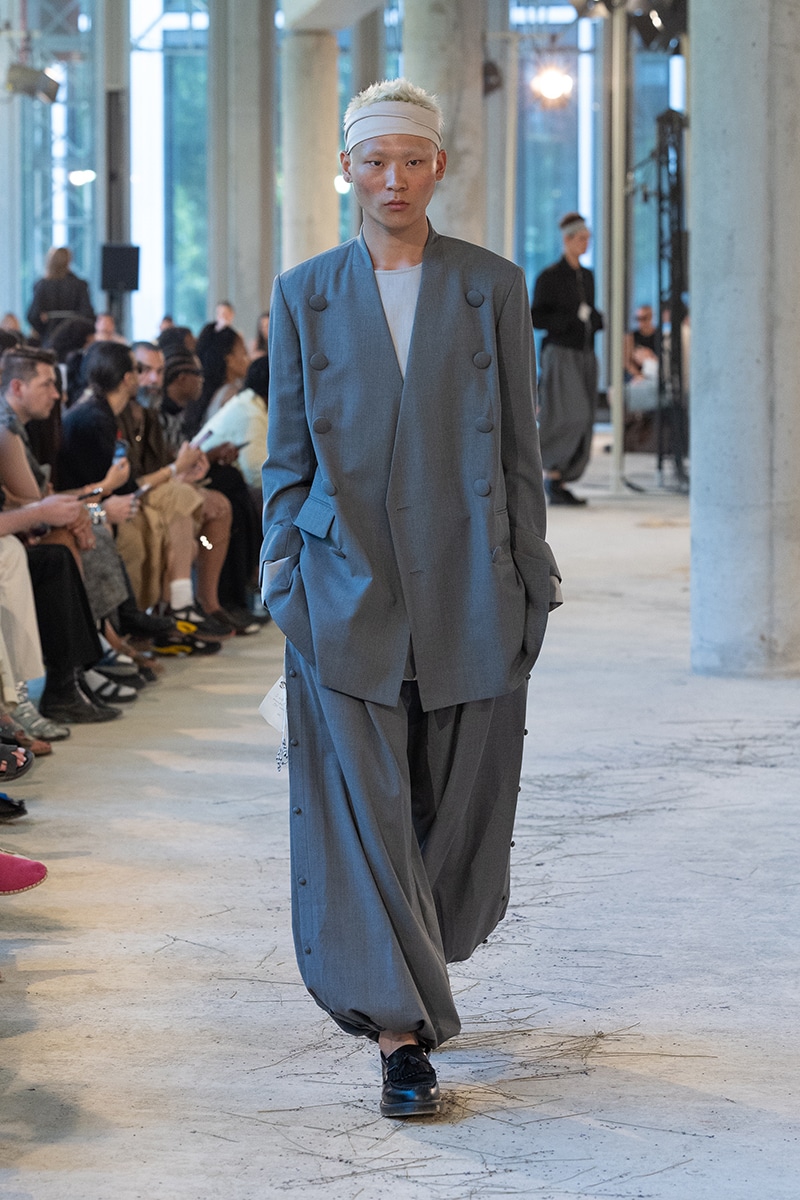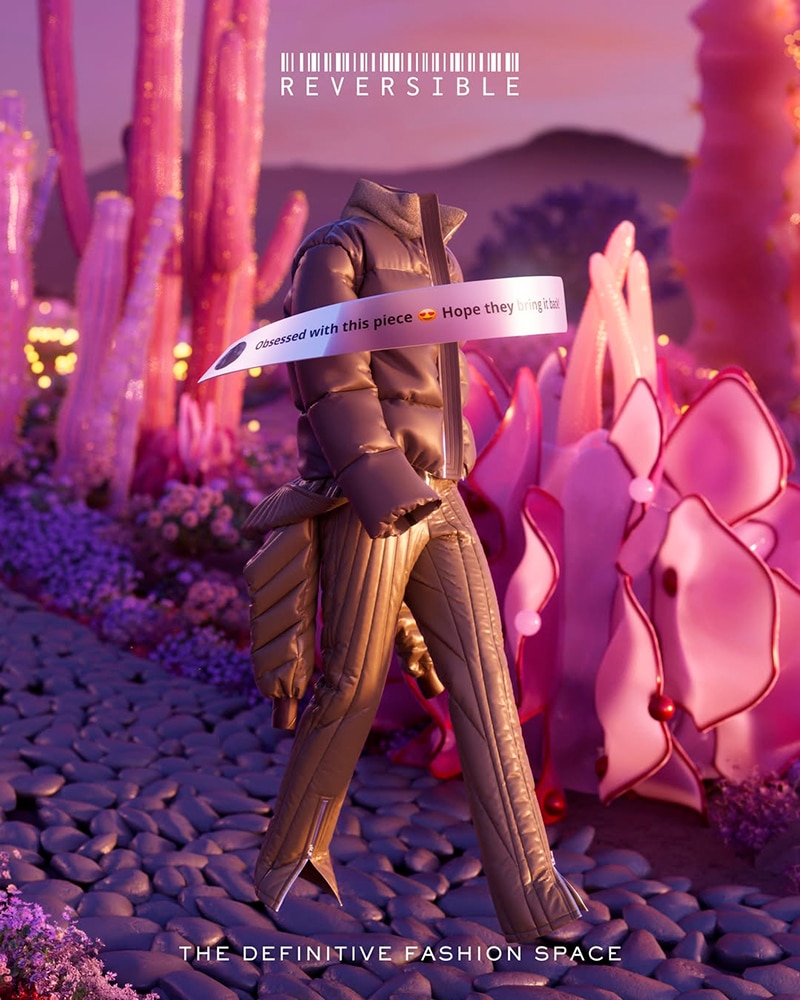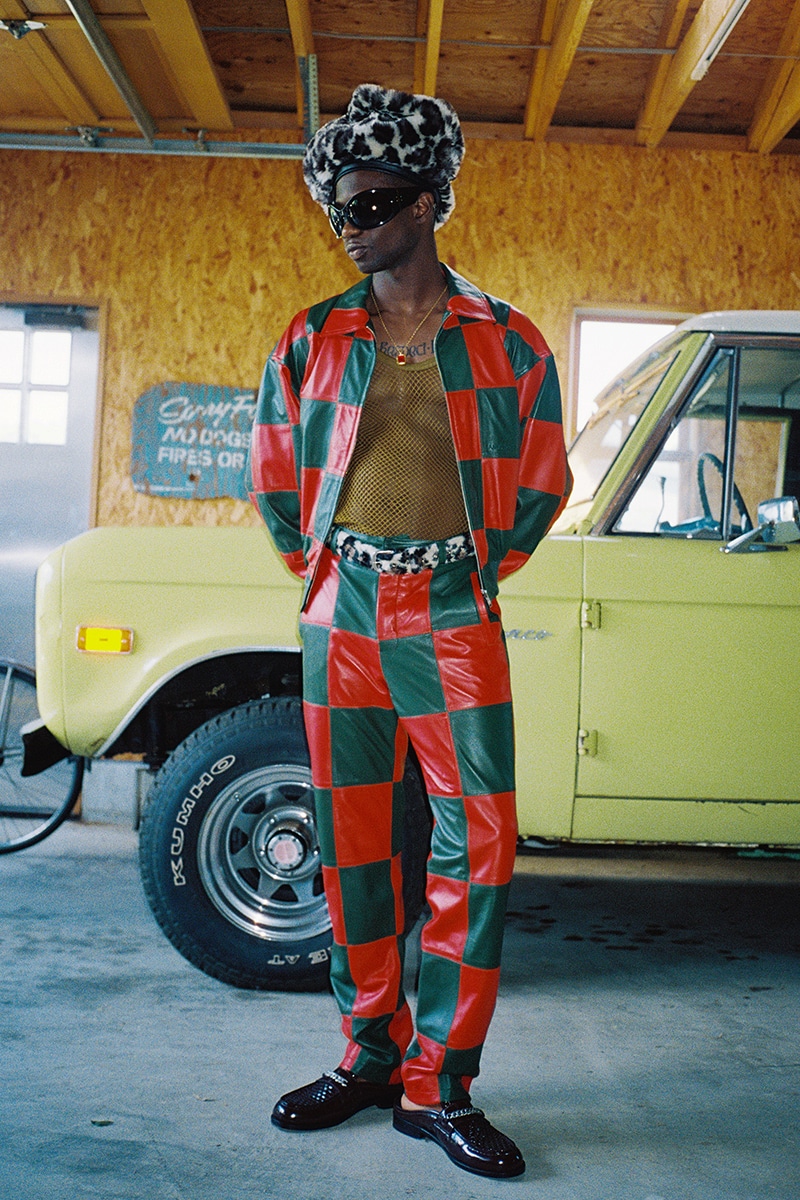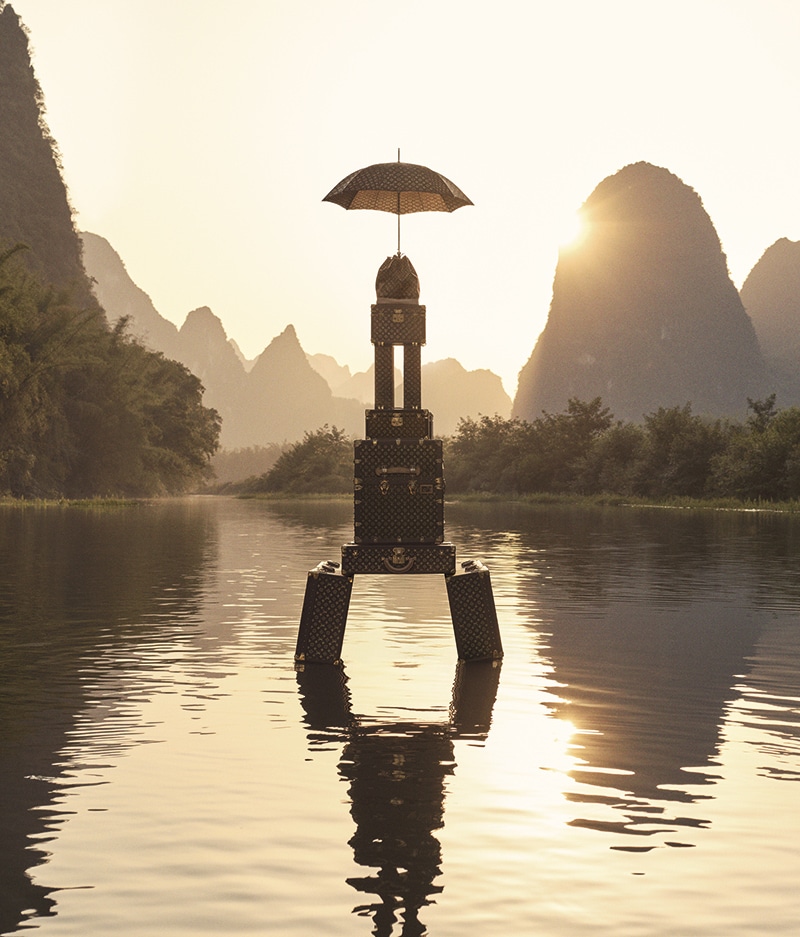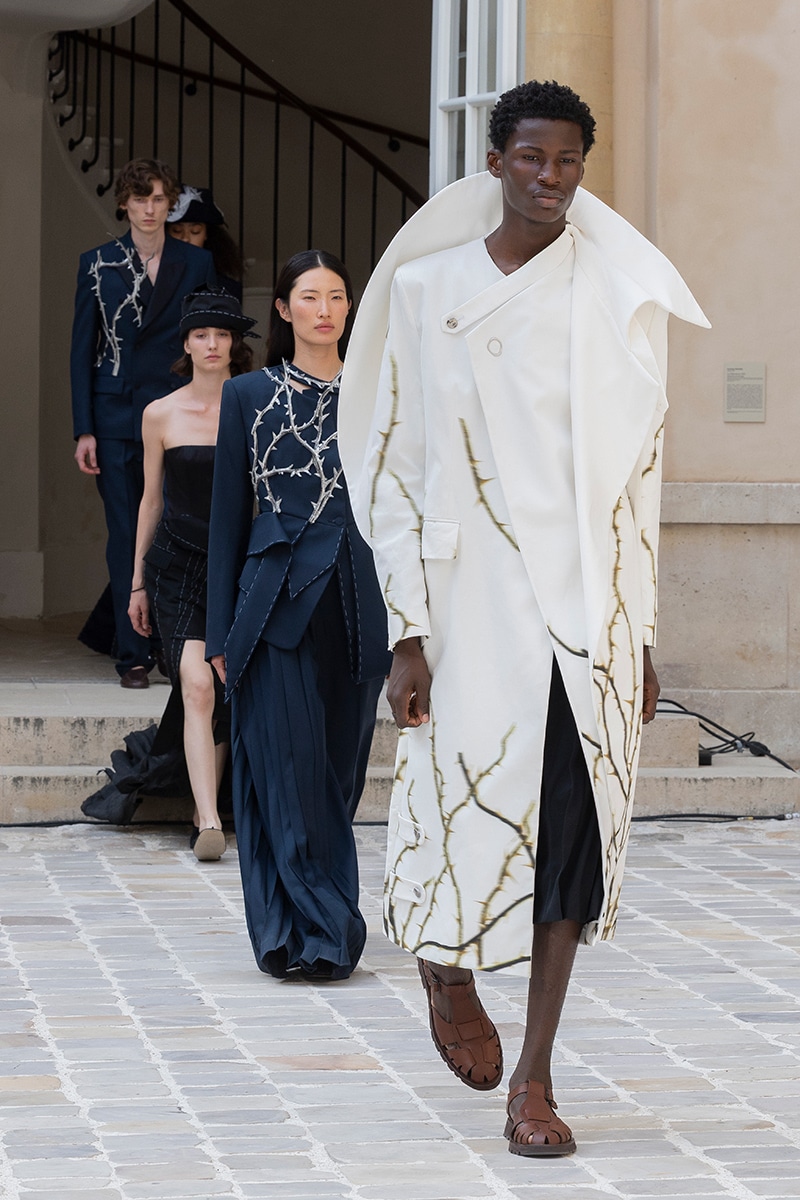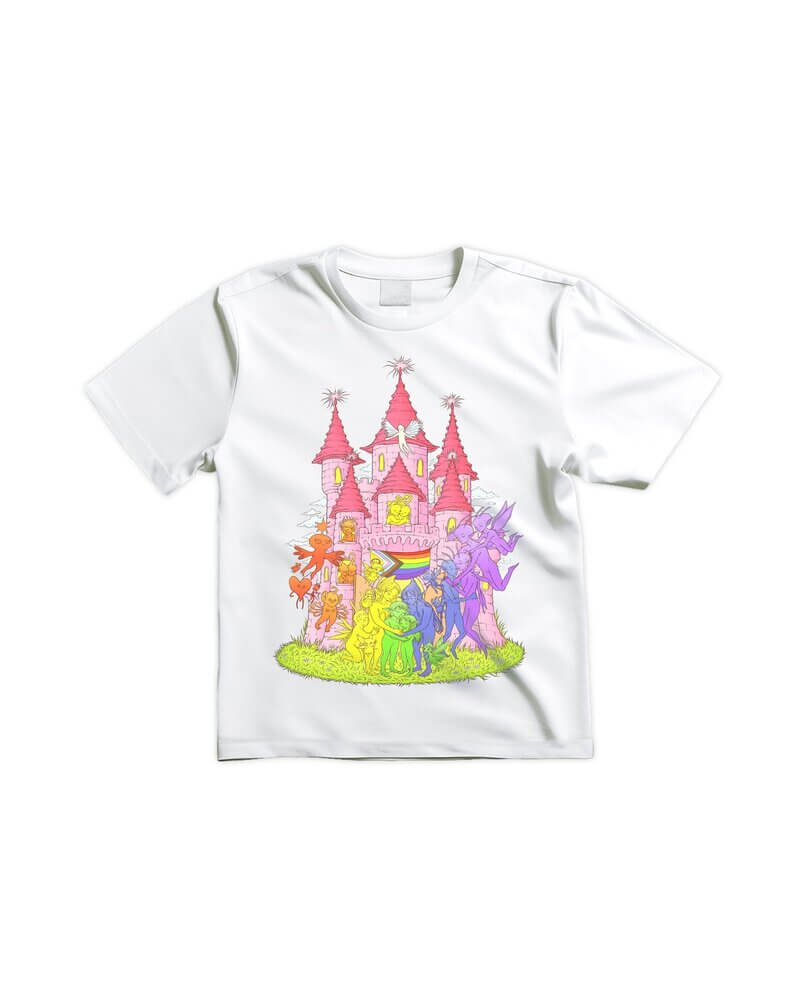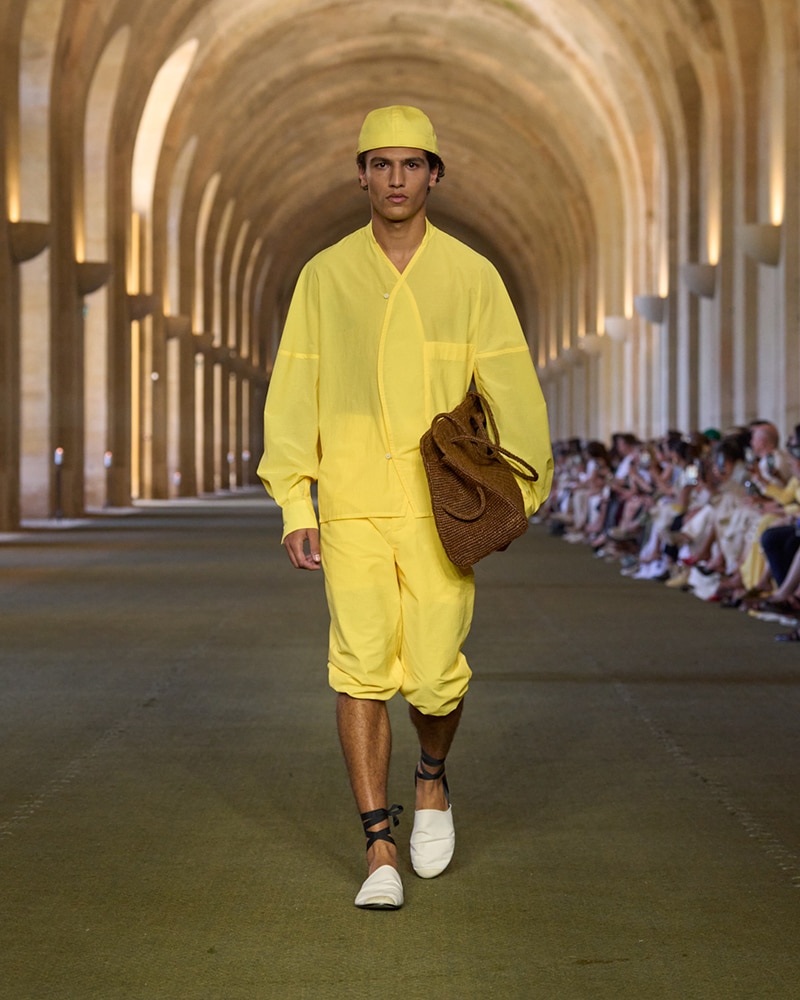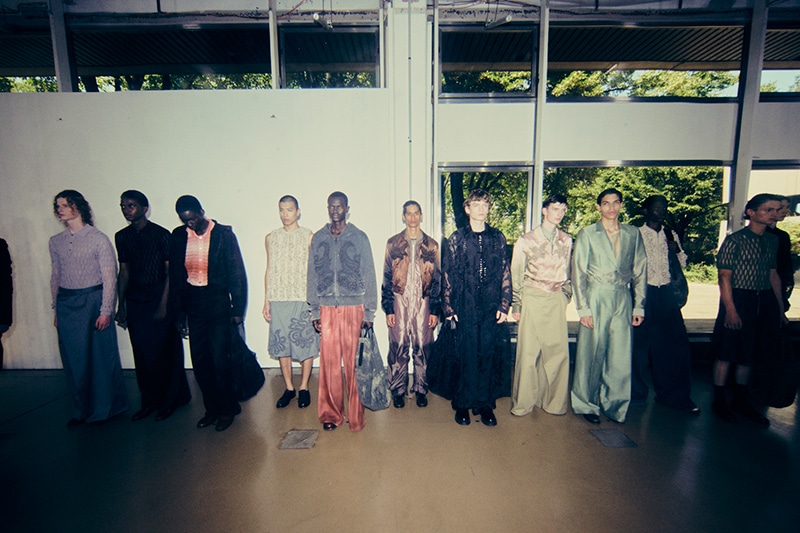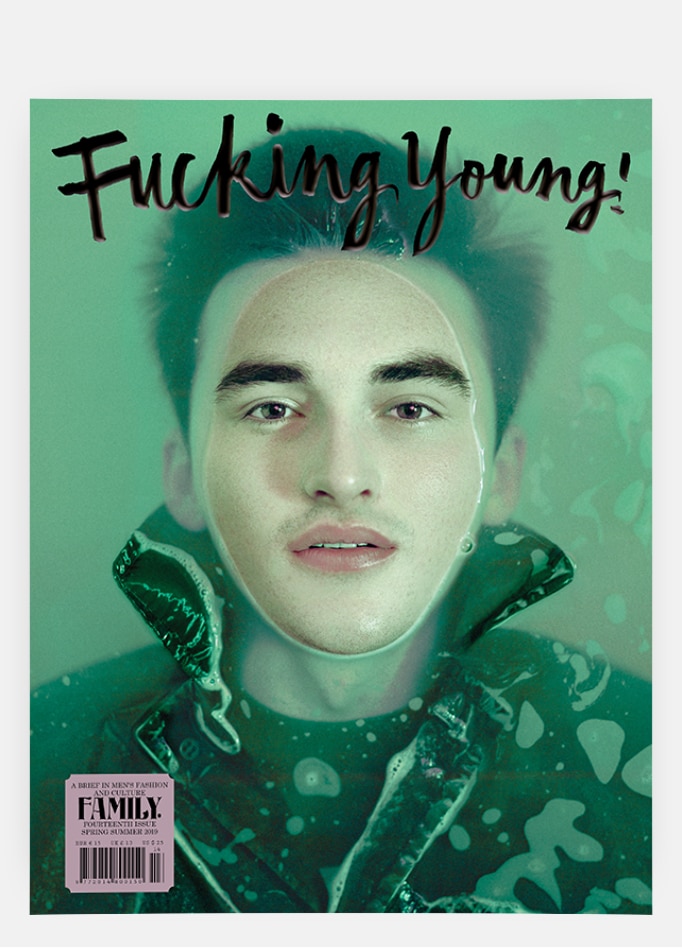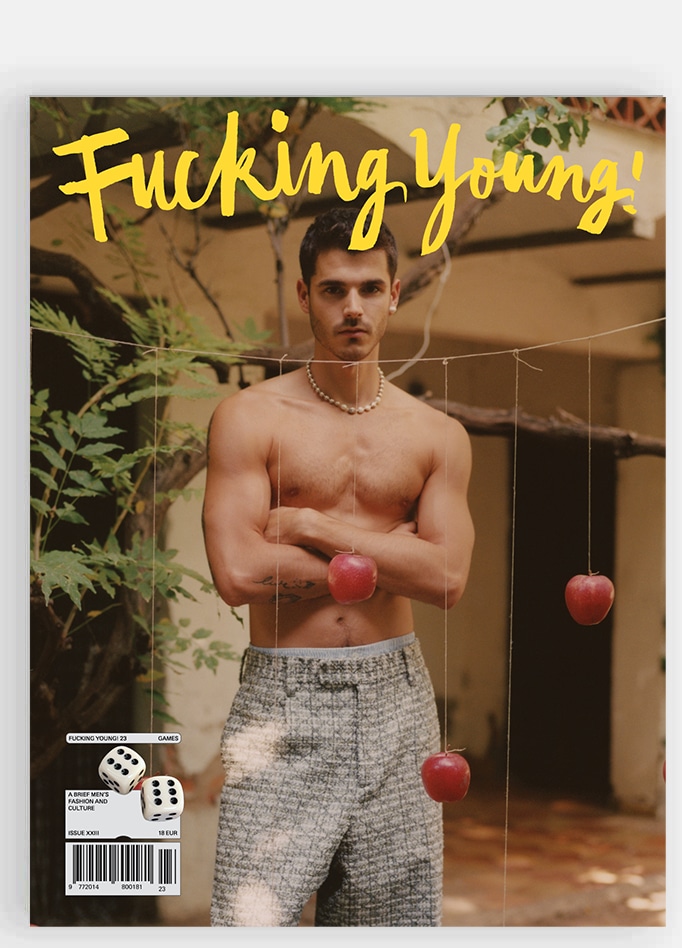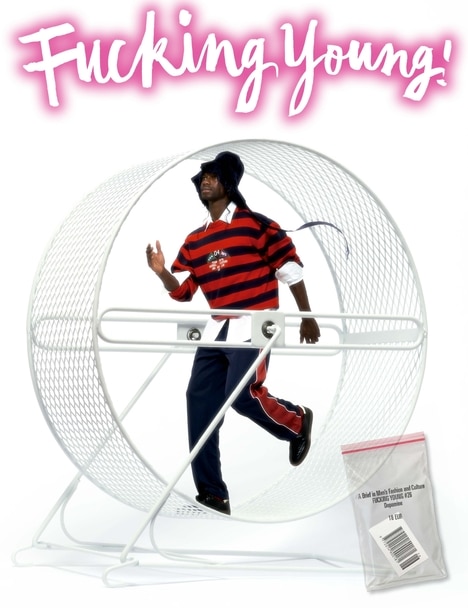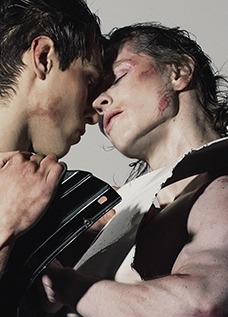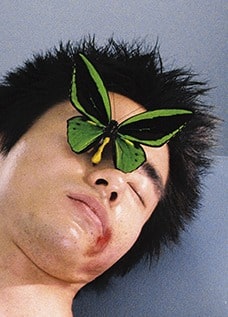At 080 Barcelona Fashion, where Spain’s most exciting new design talents come to make their mark, Guillermo Justicia stands out for turning deeply personal emotions into wearable pieces. His new VOID collection represents a notable evolution from his debut Mycorrhizal colelction – a journey from vibrant interconnection to contemplative emptiness that mirrors his own growth as a designer.
Trained in environmental science before turning to fashion, he brings both scientific precision and artistic sensitivity to his craft. Where Mycorrhizal exploded with organic textures and colors representing nature’s networks, VOID speaks in hushed tones of wool and restructured deadstock fabrics. The collections form complementary studies of human experience – one celebrating life’s chaotic connections, the other sitting with the beauty found in absence.
We had a chat with Guillermo about his new collection presented at 080 Barcelona Fashion and here’s what he told us:
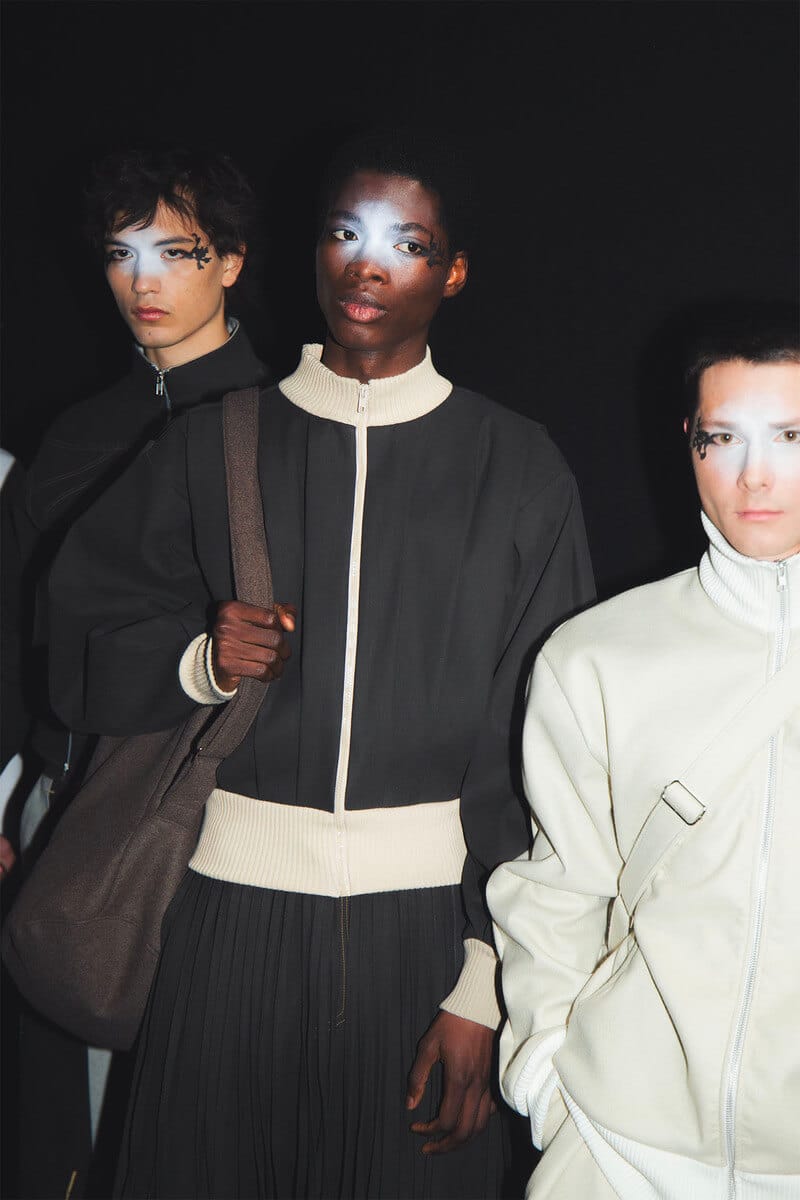
Your first collection, Mycorrhizal, was inspired by connection and growth, while VOID explores emptiness and desolation. How do you see these two collections in dialogue with each other?
Each collection emerges from my emotional state at the time. For the first one, I wanted to experiment with textures, colors, forms – creating a chaotic environment that ultimately finds its own order. It represented random connections in nature, using mycorrhizal networks as inspiration.
VOID comes from the emotions I experienced after Mycorrhizal. I moved from that chaotic, exploratory phase into establishing the brand’s direction. This process of consolidation and growth gave birth to VOID. Both collections show my evolution over time – it’s a transformative continuum reflecting my emotional state in each period.
You’ve described VOID as reflecting loneliness, uncertainty and fear, but also beauty. How did you translate these emotions into designs?
I start by imagining a universe that embodies my feelings. For VOID, I visualized a cold, dark, empty world that was also vast and immense. Then I asked: What garments would exist there? What colors and fabrics could convey that feeling?
This led me to thick, structured materials like wool in dark colors – blacks, browns, grays with some reddish touches. The silhouettes play with contrasts between exaggerated rigid volumes and fluid ones with extra fabric. It’s not literal translation, but about transmitting a mood that transports you to that universe.
The collection uses deadstock and unconventional materials. How does this reflect your themes and sustainability values?
I primarily work with deadstock fabrics. Each visit to the supplier is an adventure – you never know what you’ll find, which pushes my creativity. The limited quantities often mean I can only make one garment from certain fabrics, making pieces unique.
These suppliers carry many curtain and upholstery fabrics whose weights and textures create special effects. We can make incredible things with deadstock – giving new life to materials that would otherwise go unused. Sustainability is fundamental for me, especially with my environmental science background.
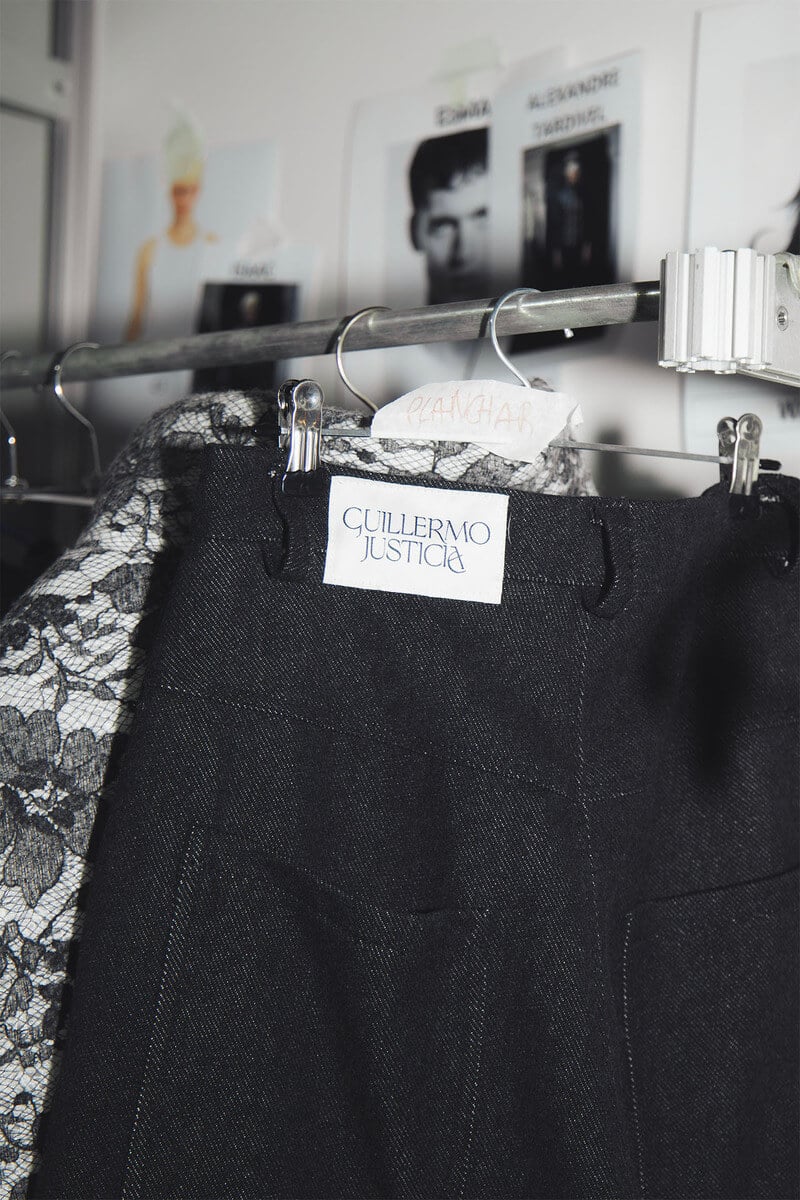
How do you transform abstract emotions into garments?
First I imagine a world that conveys those feelings – what does it look like? What’s the climate? Then I consider what clothing would exist there – fluid or rigid? Thick or thin? What colors and materials? The looks develop gradually as I explore this universe.
What were VOID’s biggest challenges?
Managing all the work involved in creating a collection. Behind the runway show are countless processes – concept development, fabric sourcing, pattern-making, styling, music. Plus building the brand itself.
There’s tremendous pressure to make everything perfect and not disappoint those who support me. As my second collection, I wanted to surpass the first while evolving my vision. Balancing this self-demand with external expectations is the hardest part.
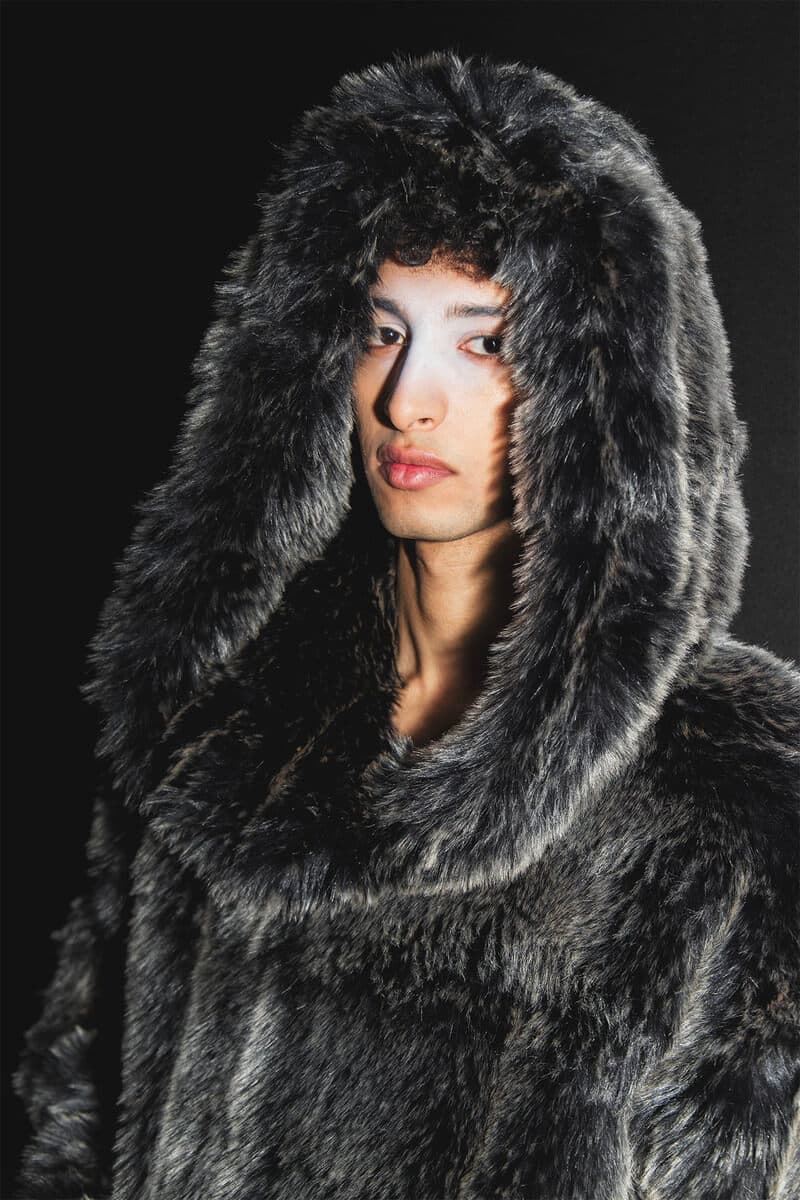
How does your science background influence your design approach?
I’ve always been passionate about nature, which led me to study Environmental Sciences. Sustainability is core to my personal values and brand.
I believe art can help people reconnect with nature. While not always explicit, nature is the conceptual foundation of my collections. We aim to create clothes people cherish as part of meaningful collections, countering throwaway culture.
How do you balance artistic vision with commercial demands?
It’s challenging – often the more artistic a piece is, the less commercial. Finding that balance without losing the brand’s essence is something we’re still exploring, even in more commercial pieces.
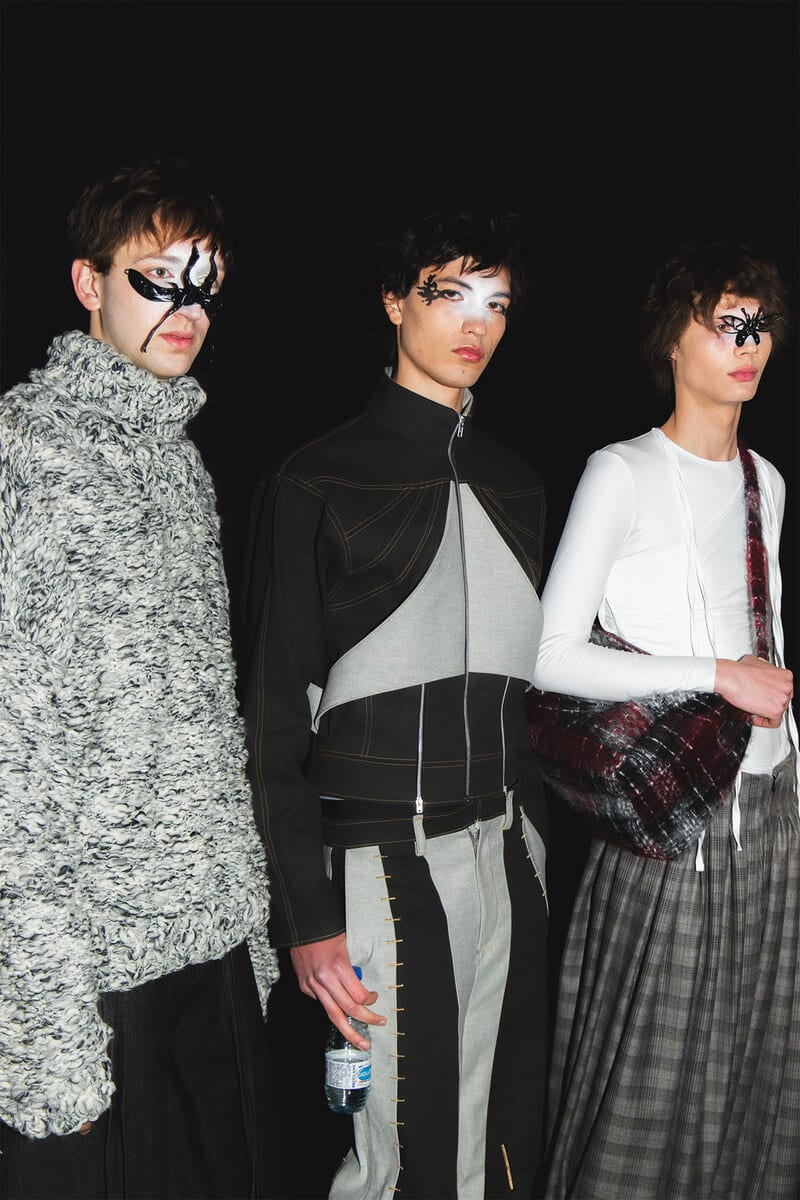
What are your future goals?
I want to keep creating more elaborate collections that establish the brand while allowing creative freedom. VOID has helped clarify the path I want to follow.
After exploring connection and emptiness, what’s next?
Honestly, I don’t know yet. Concepts develop over time based on what I experience. I always want to explore new directions, so we’ll see what emerges.
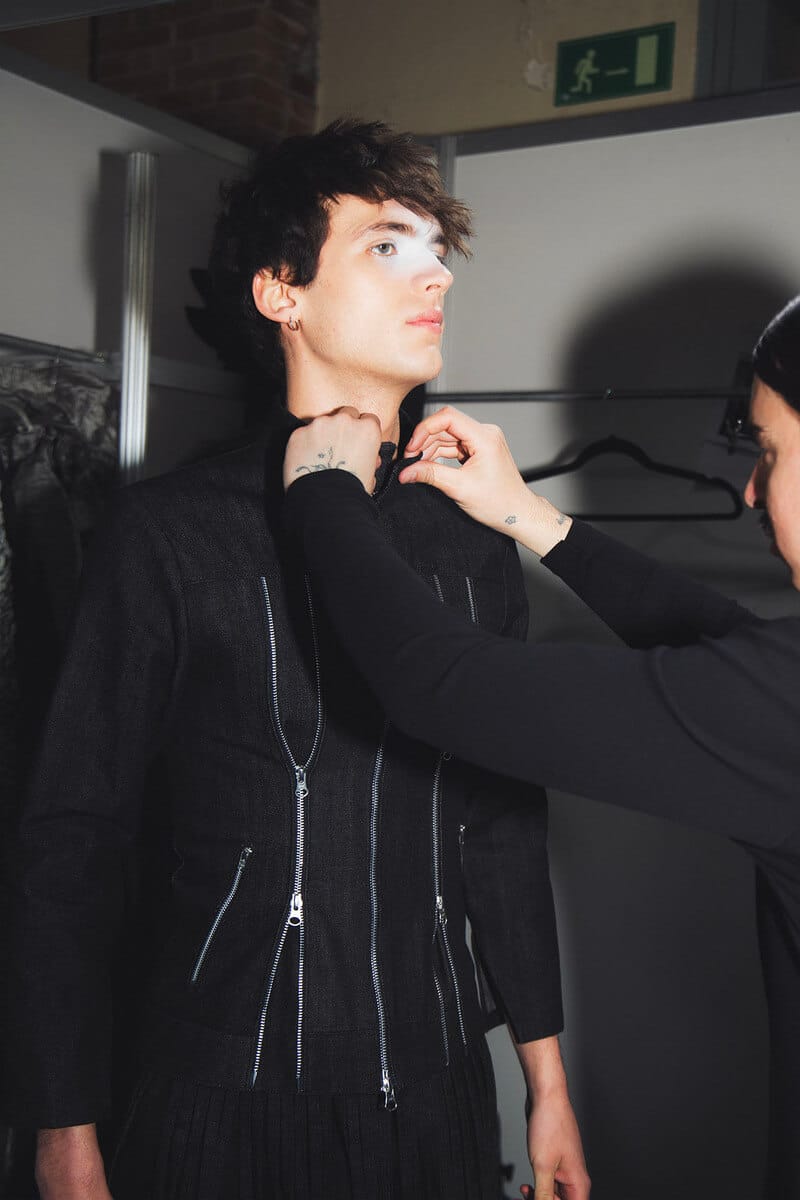
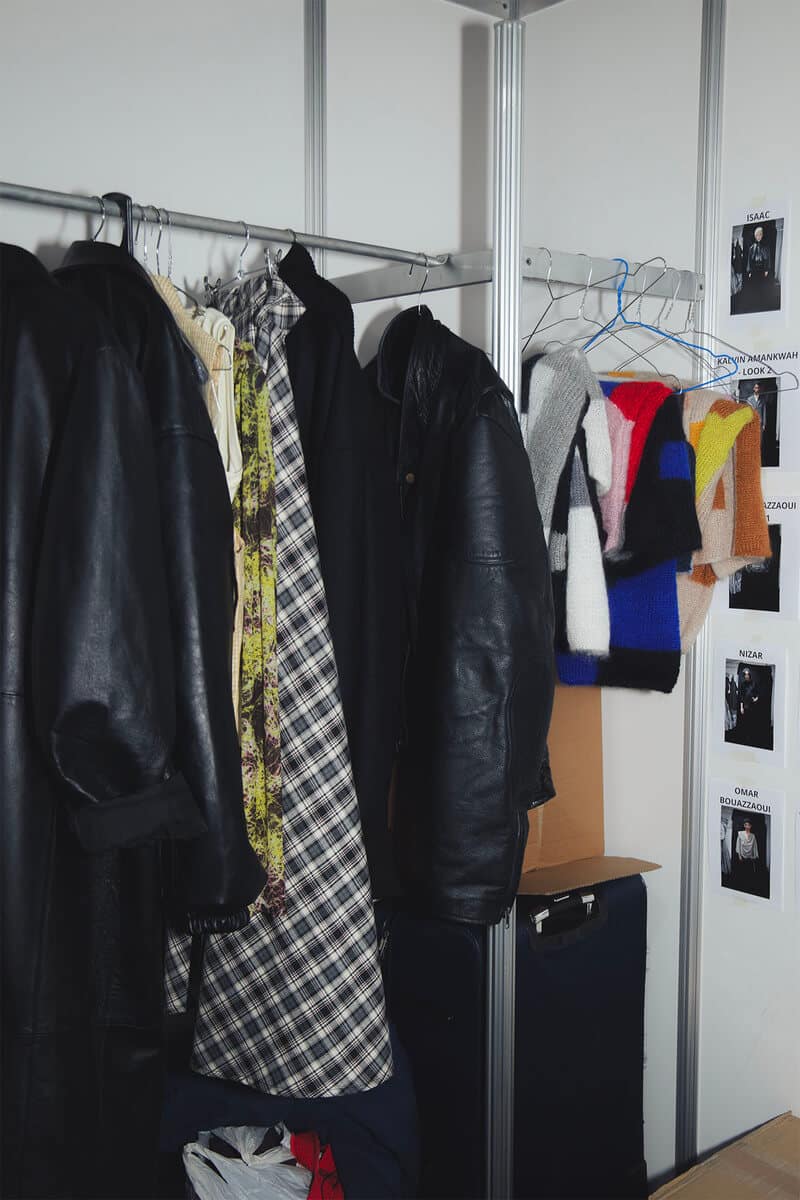
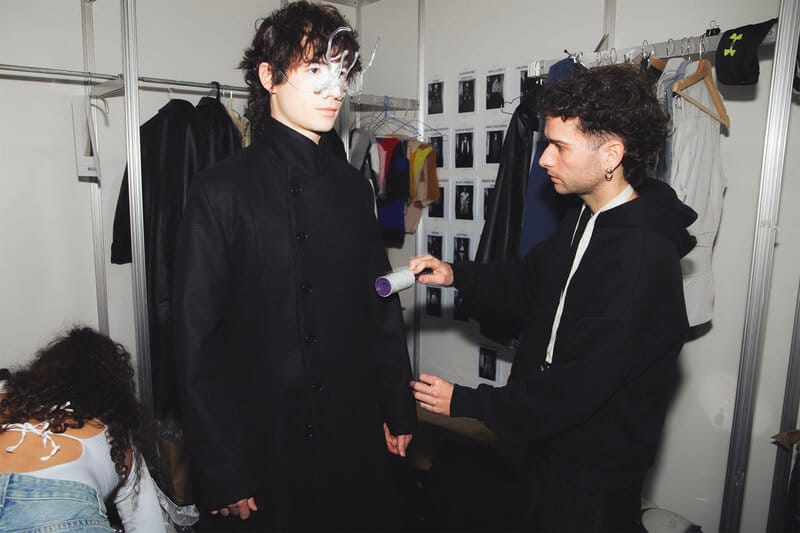
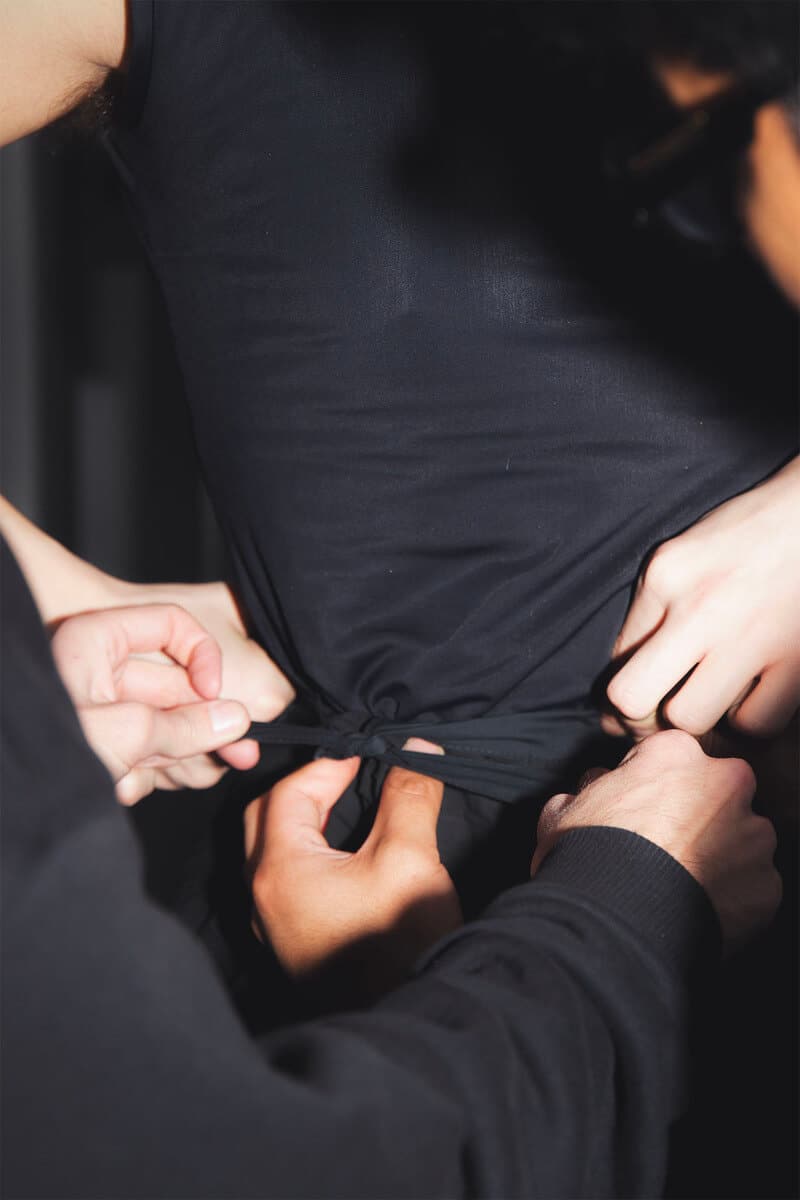

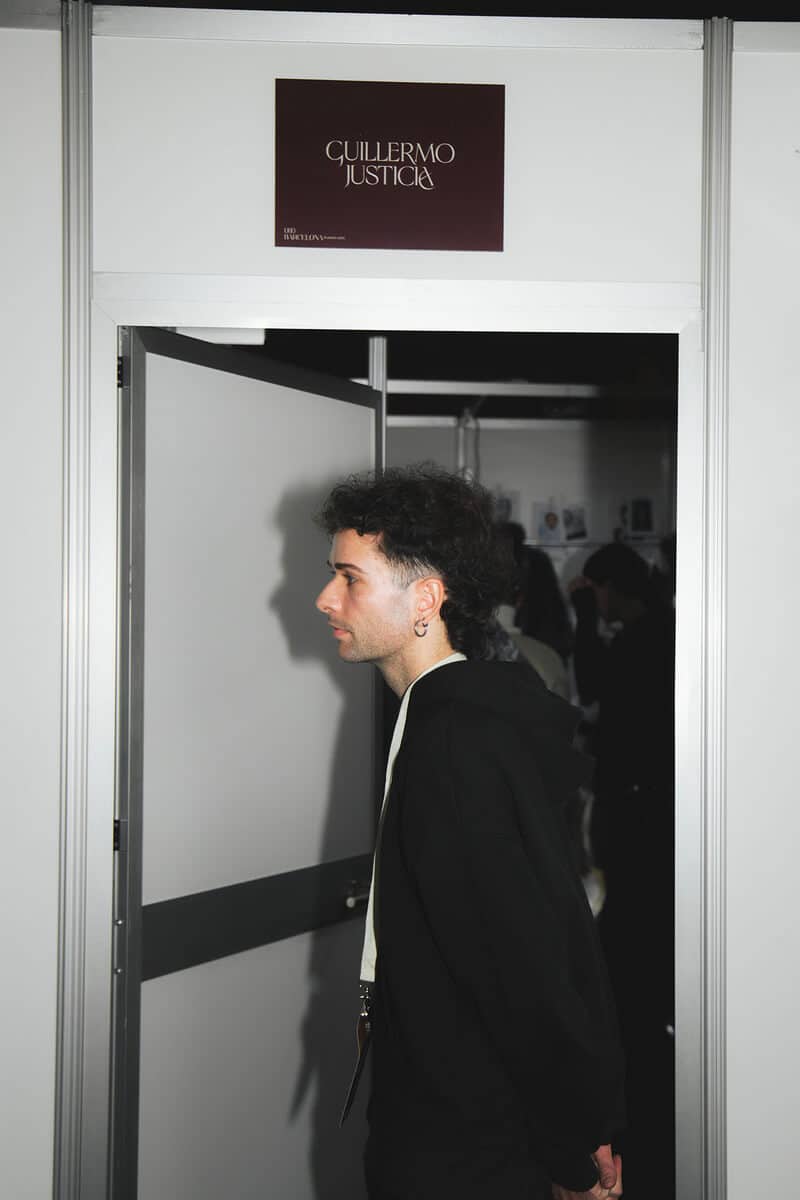
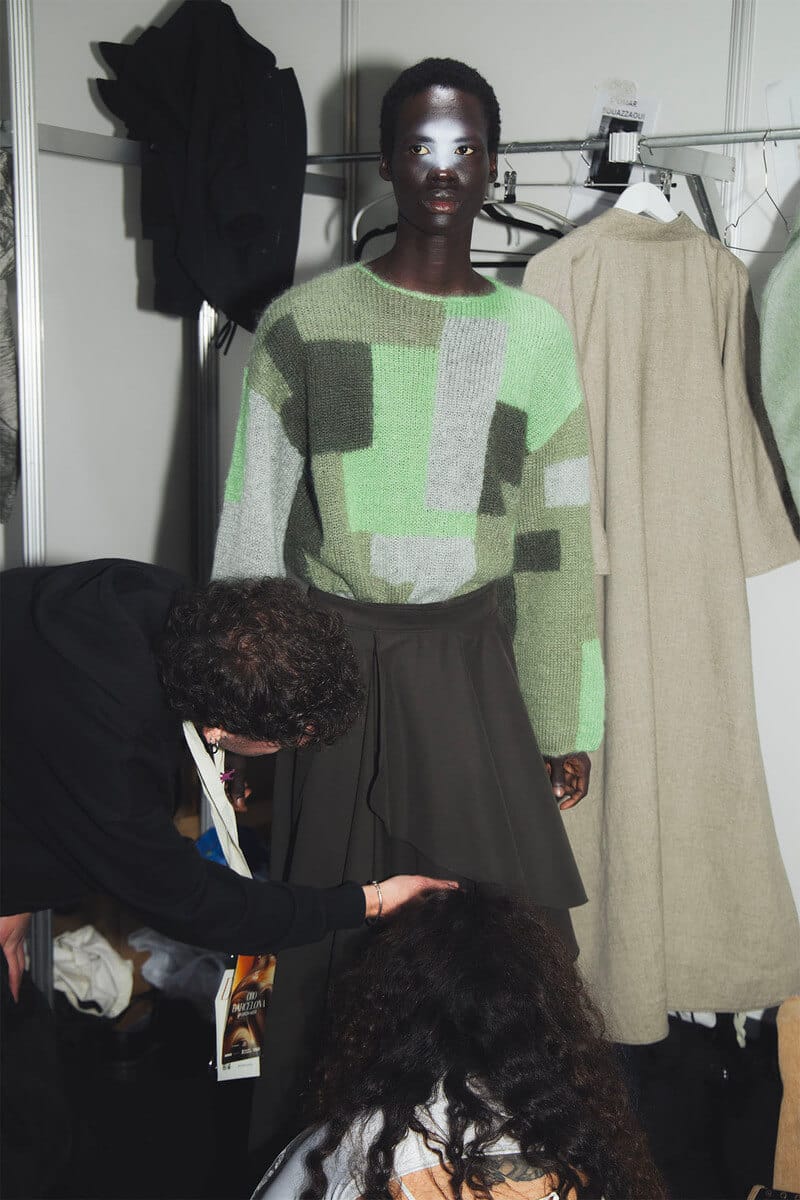

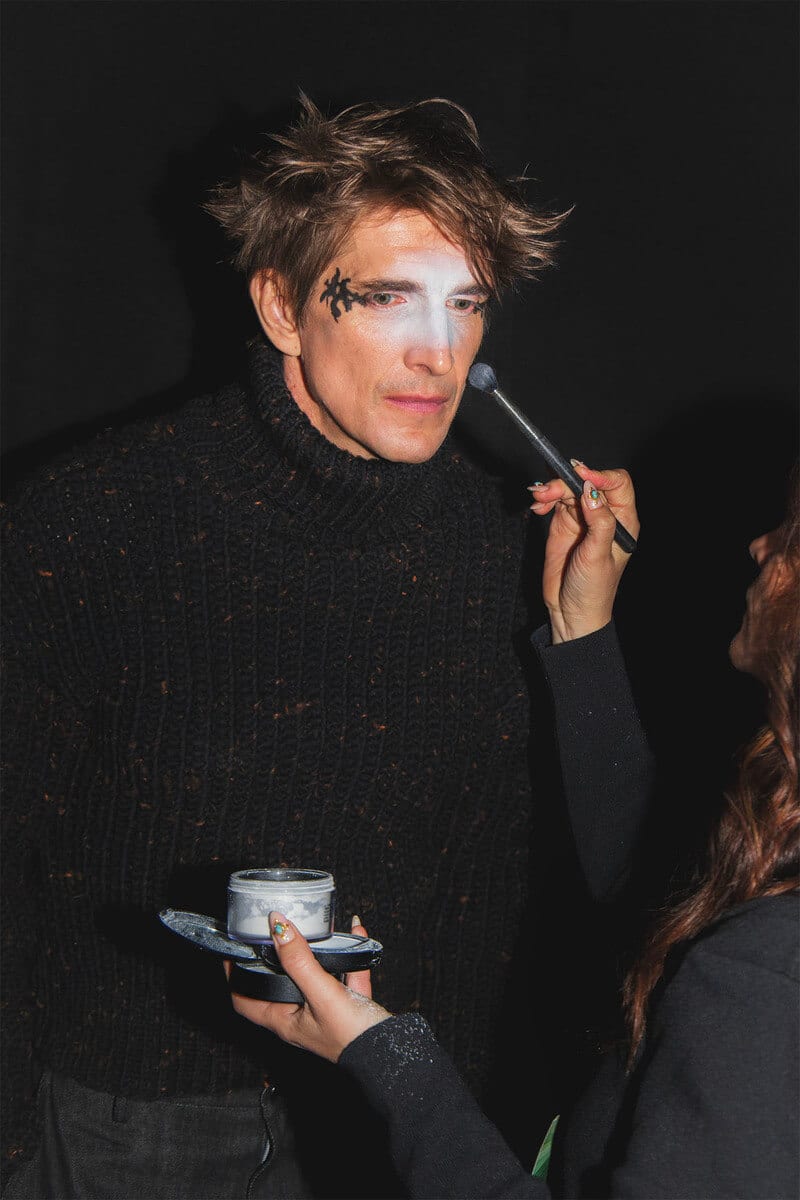
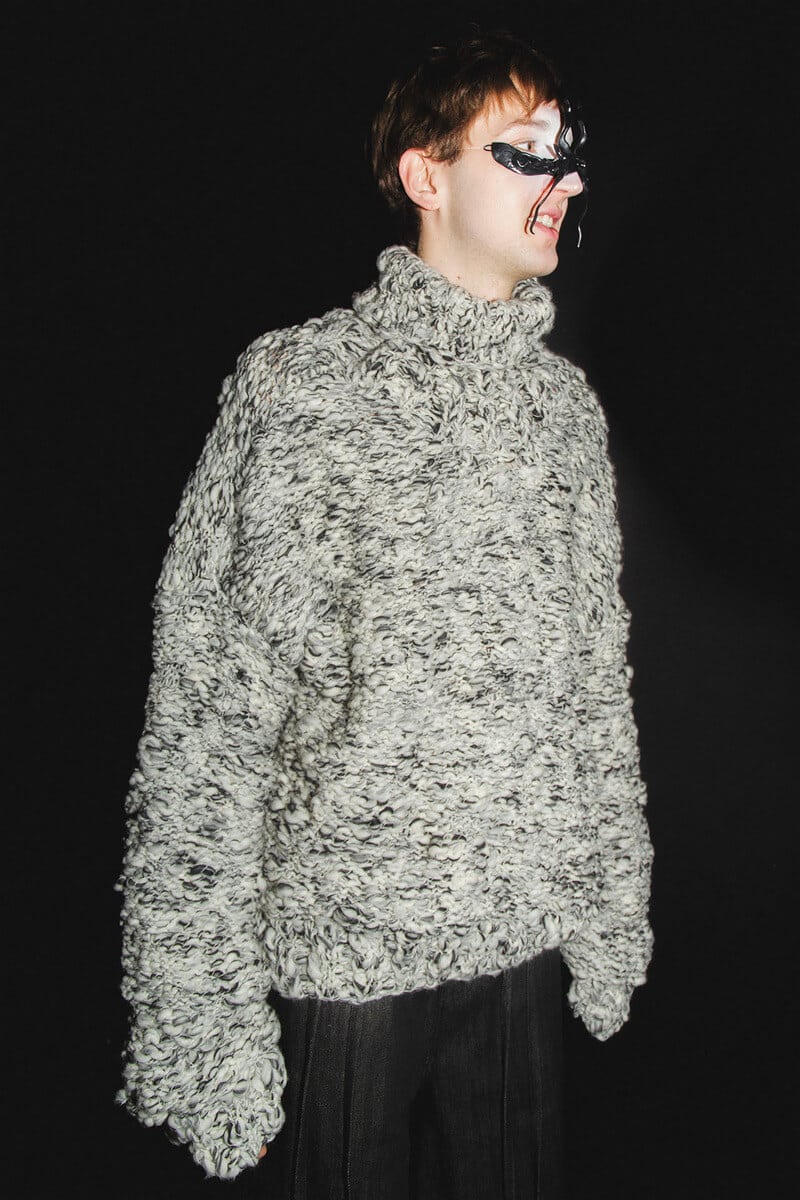
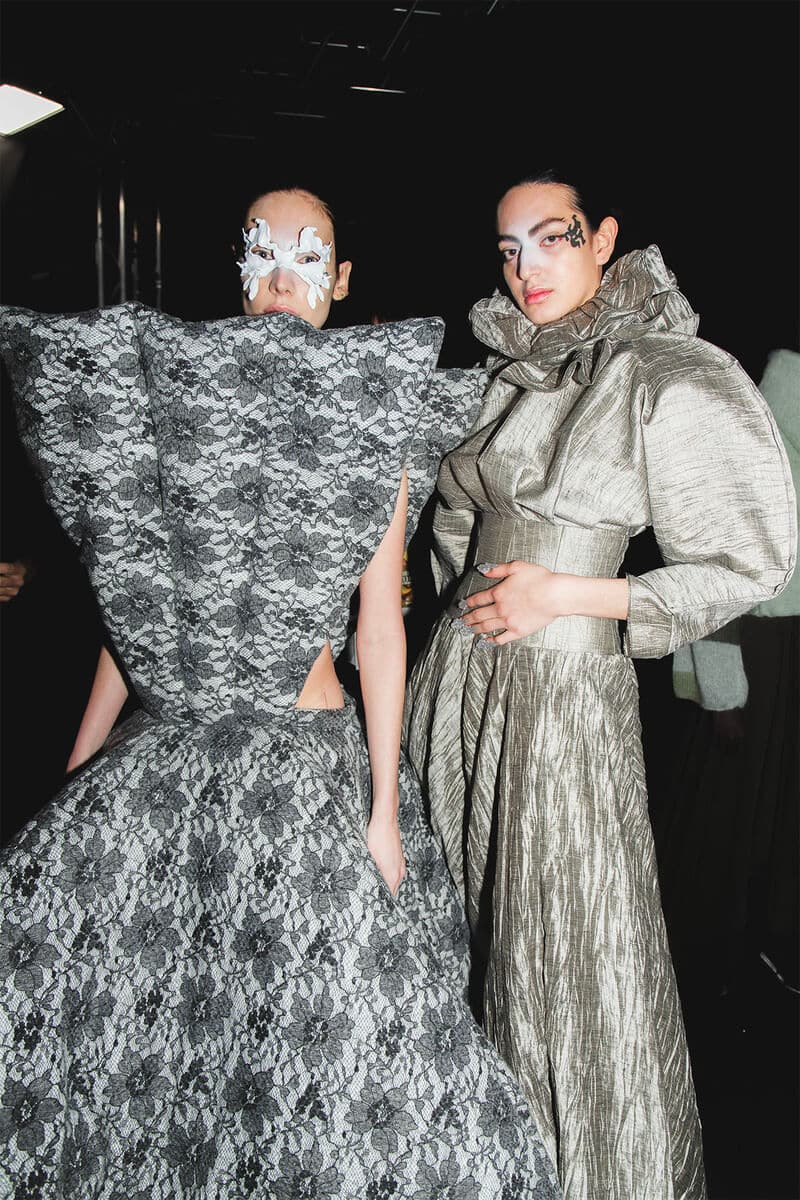
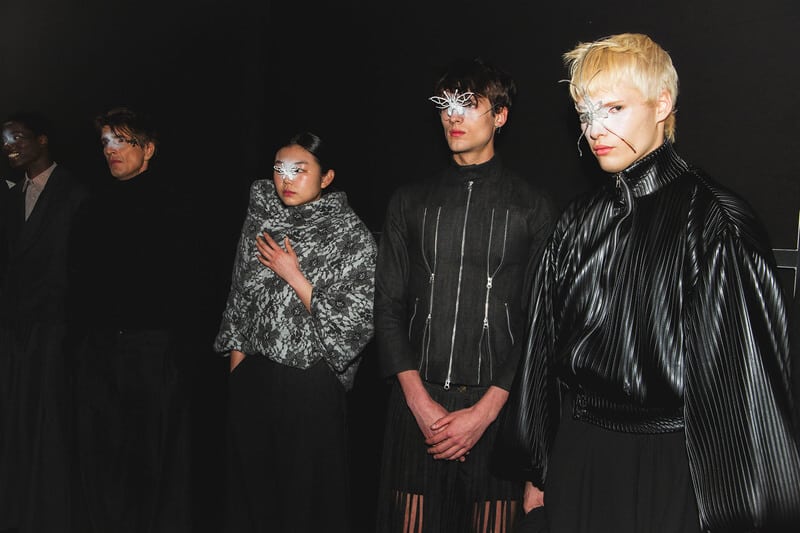
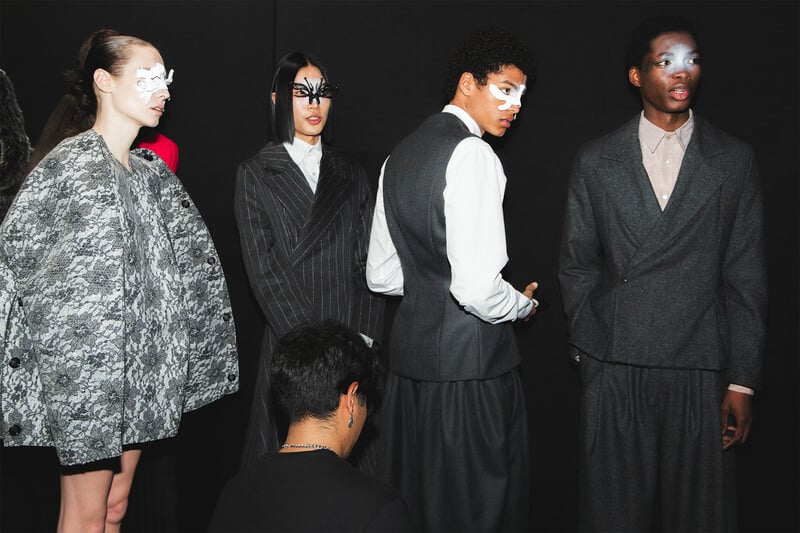
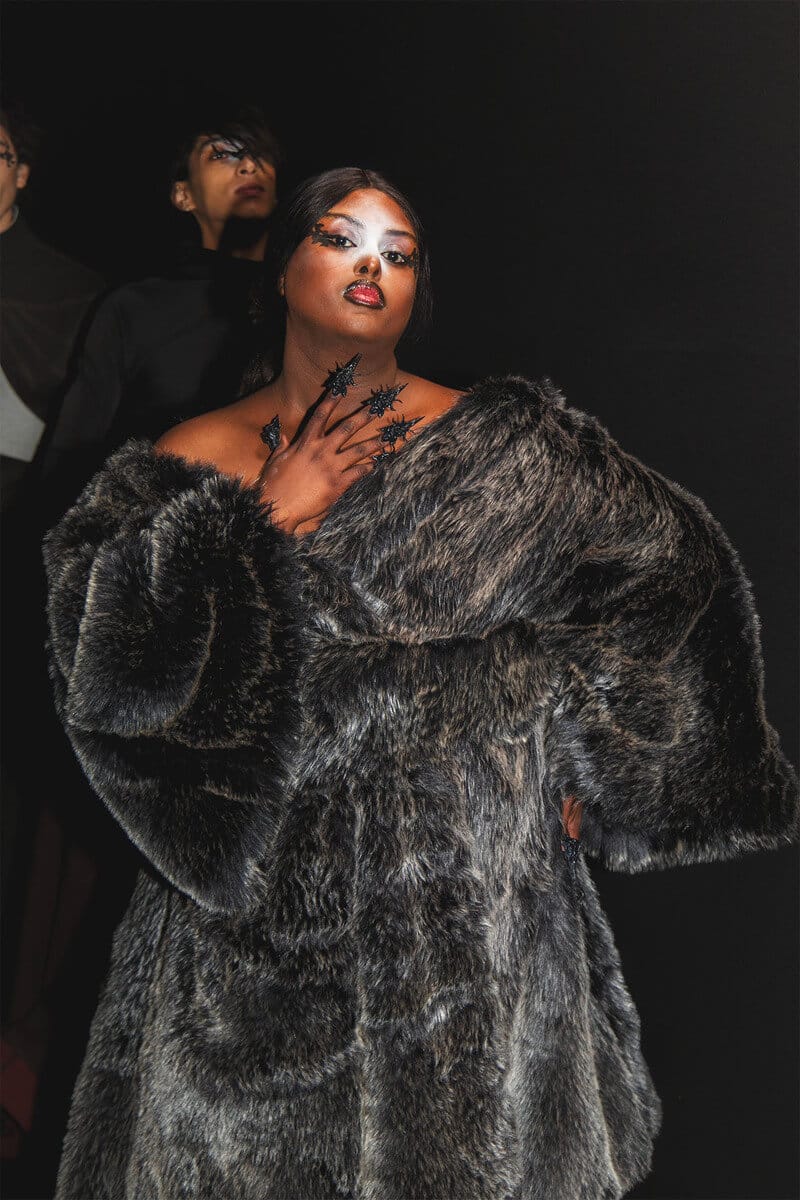
Photography by Ángela Ibañez for FY!
